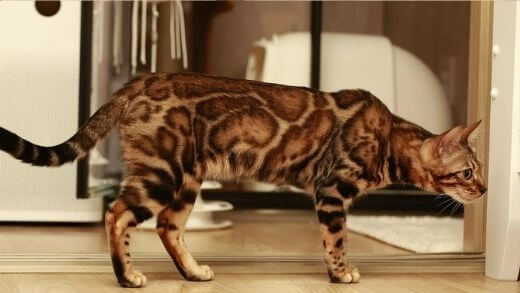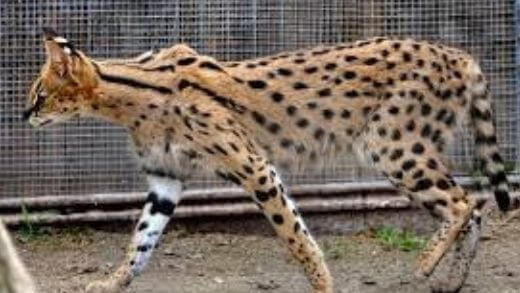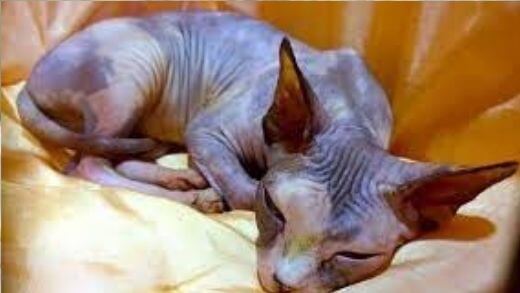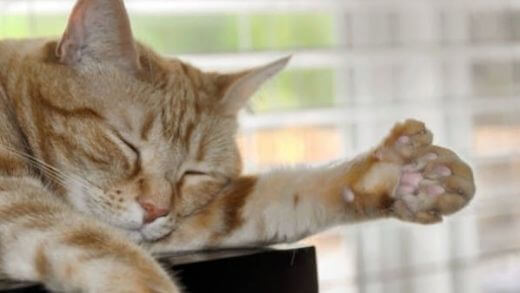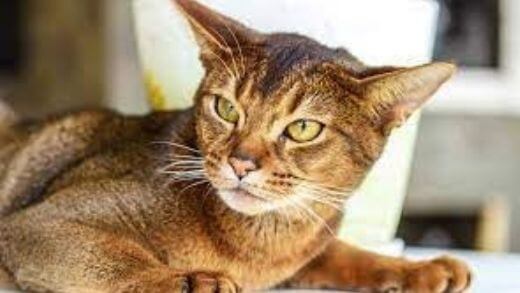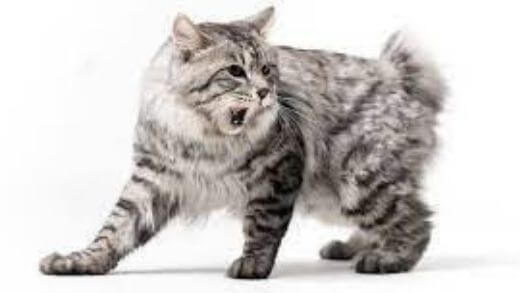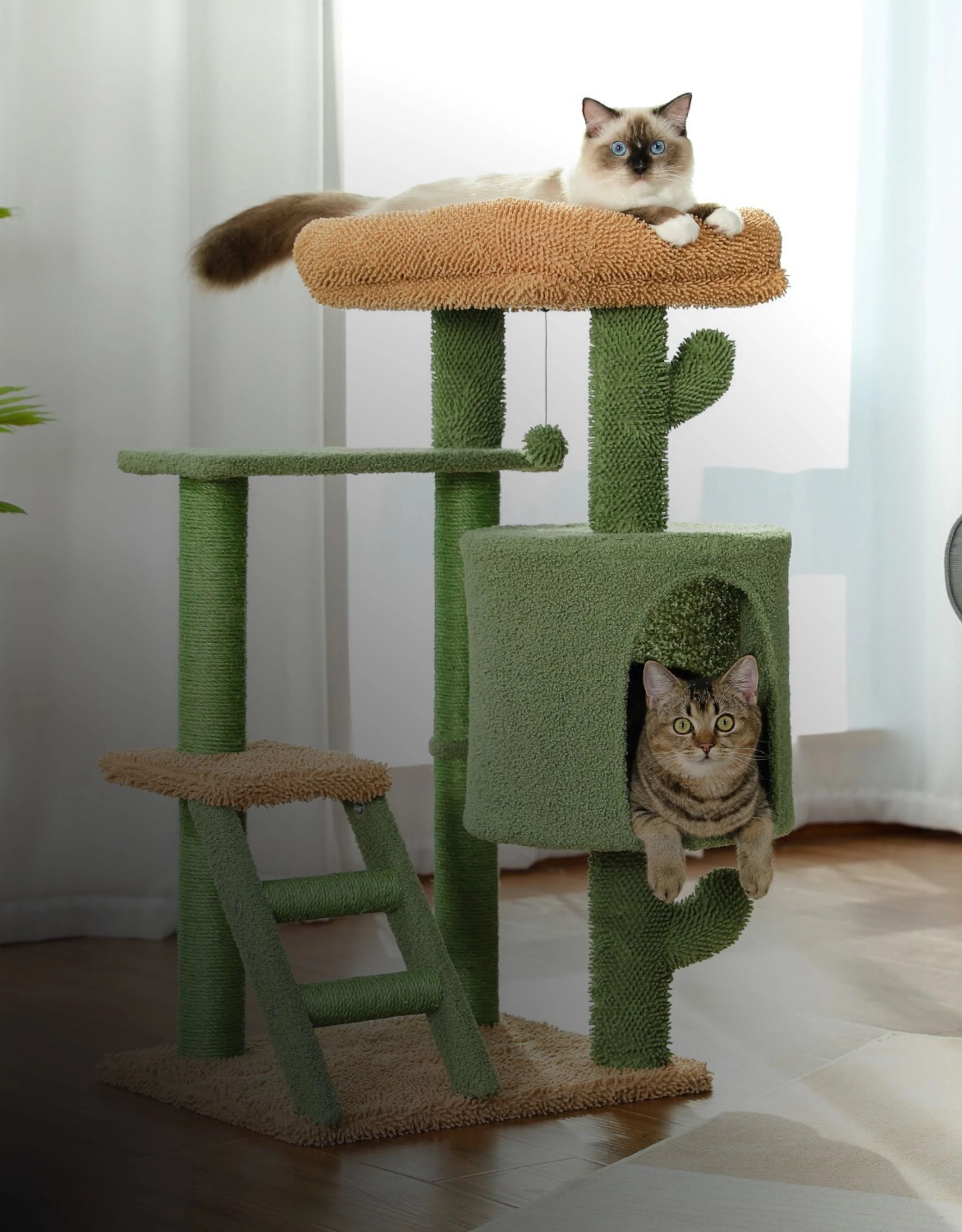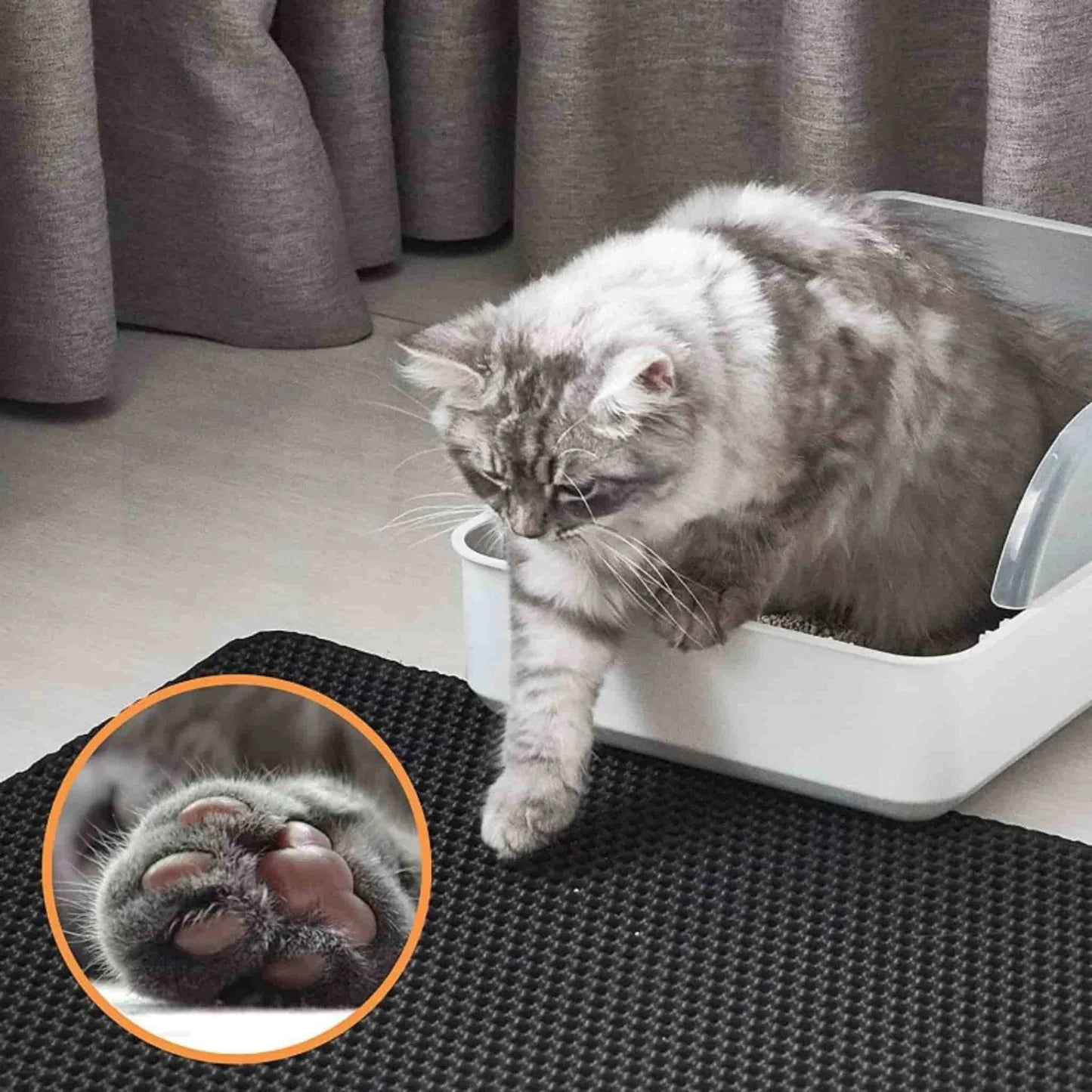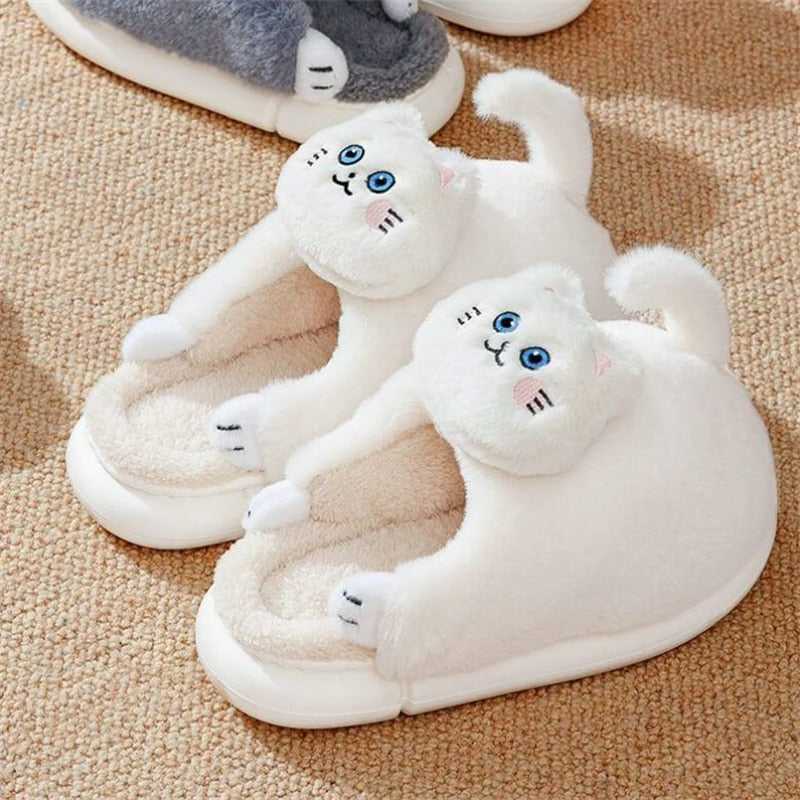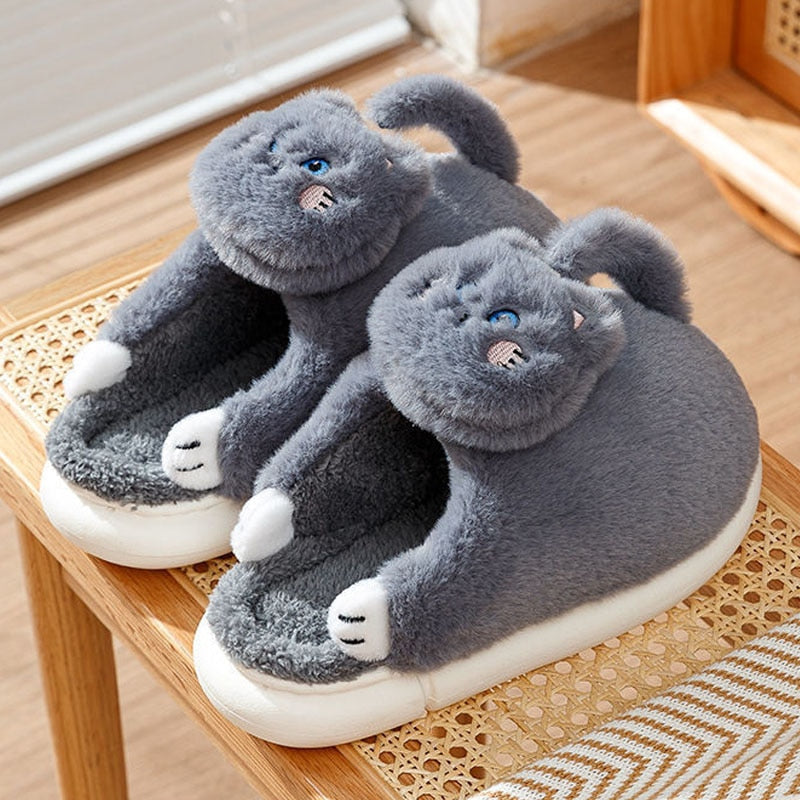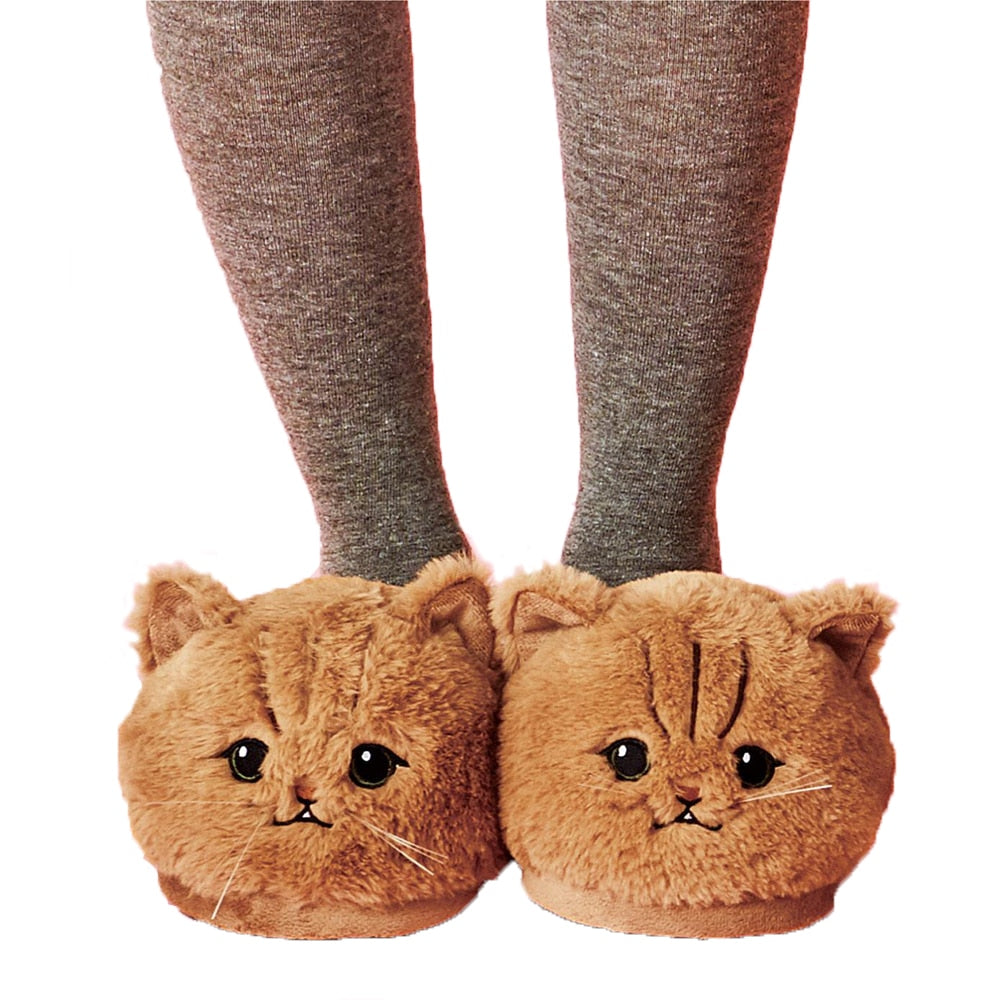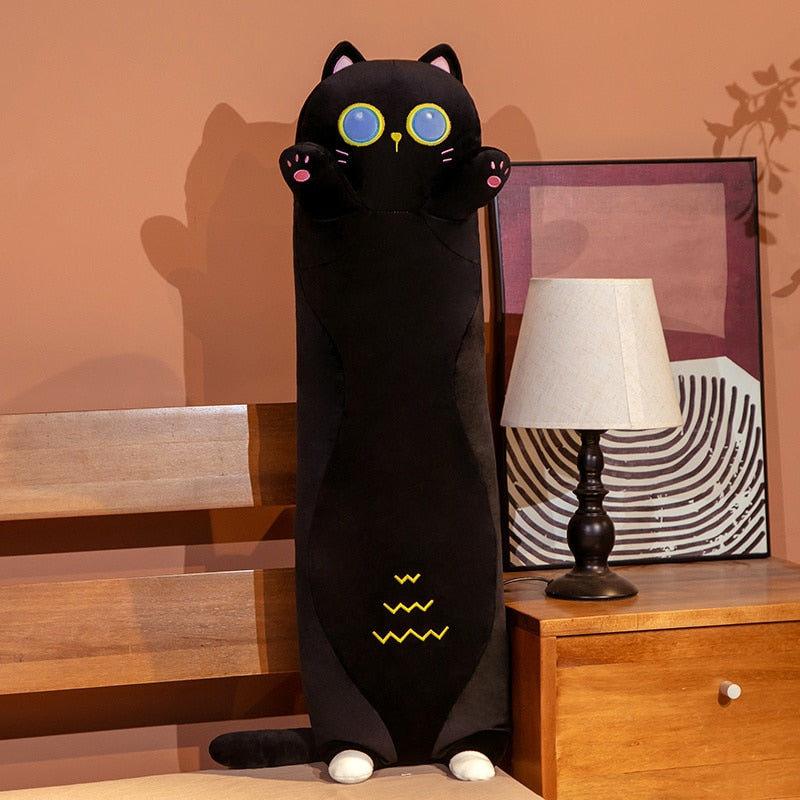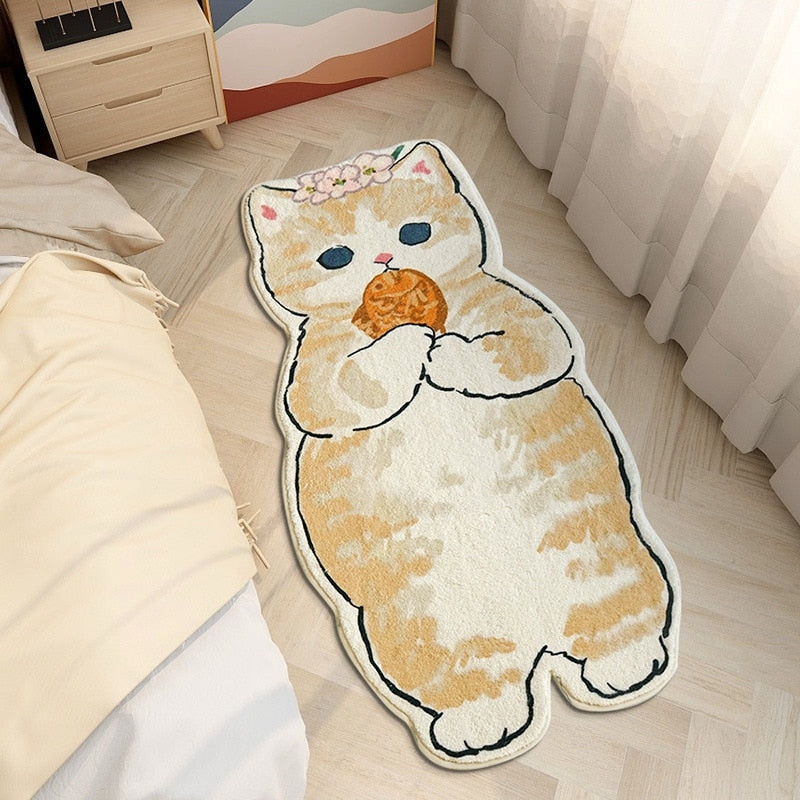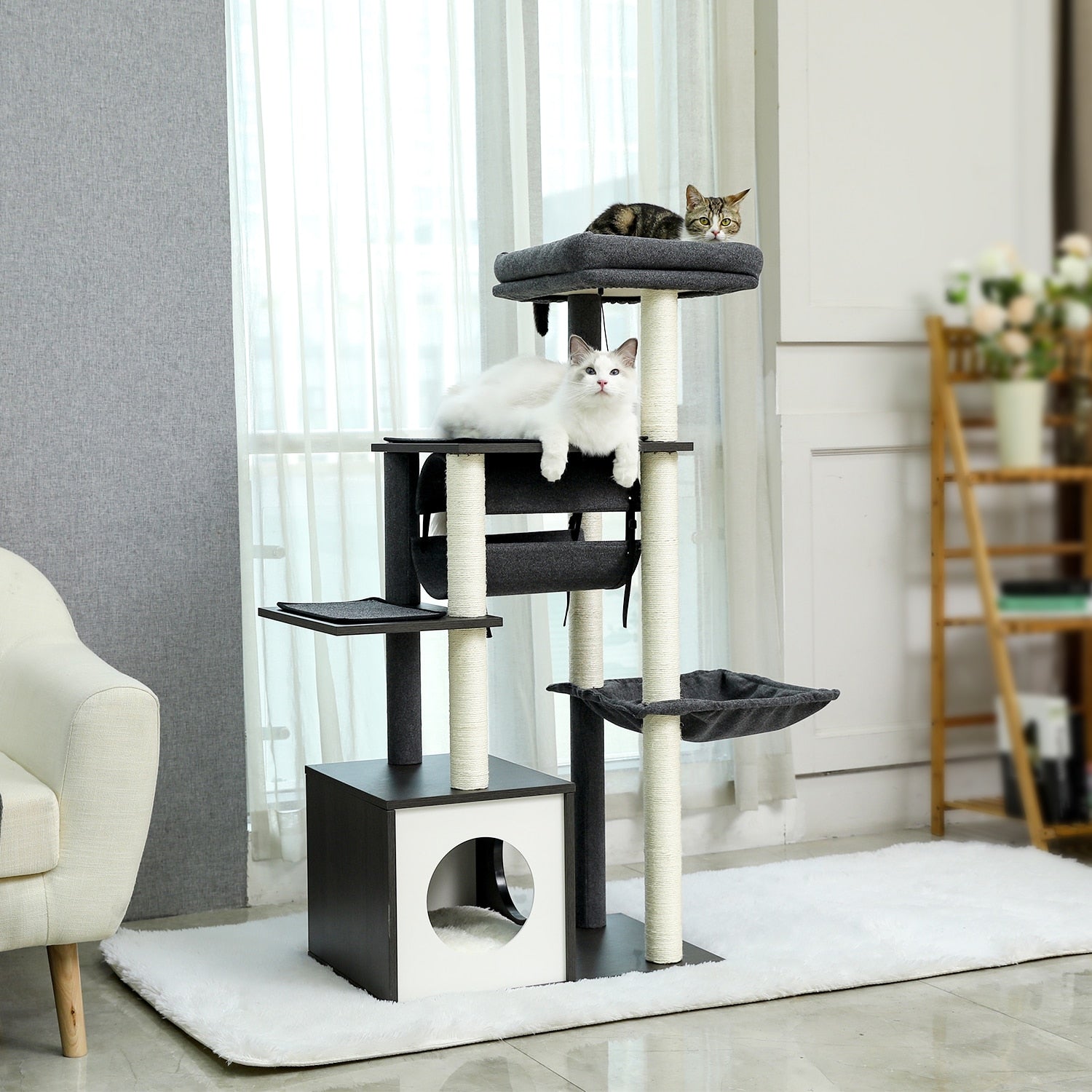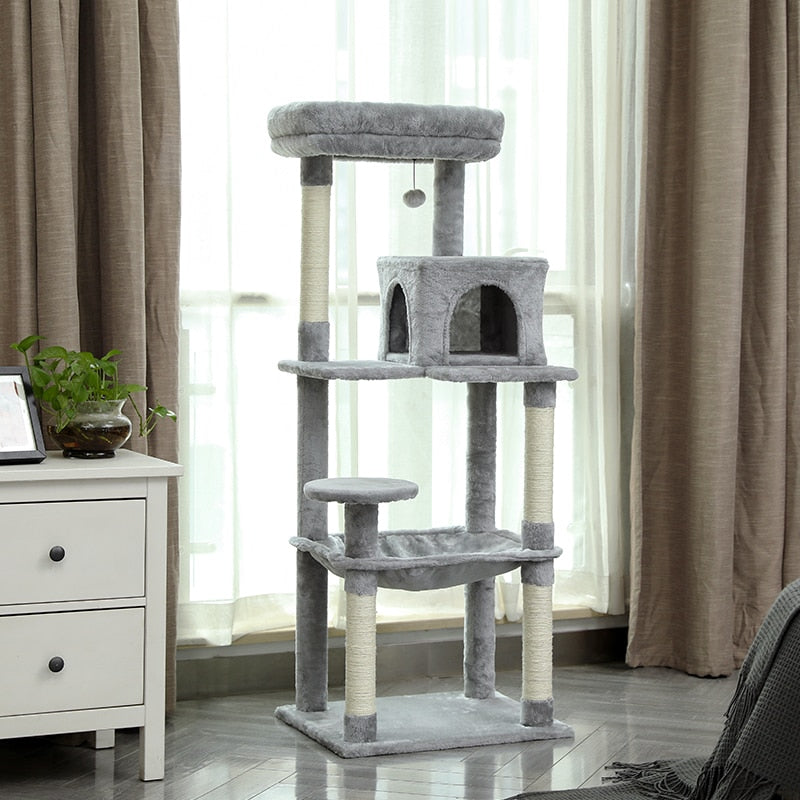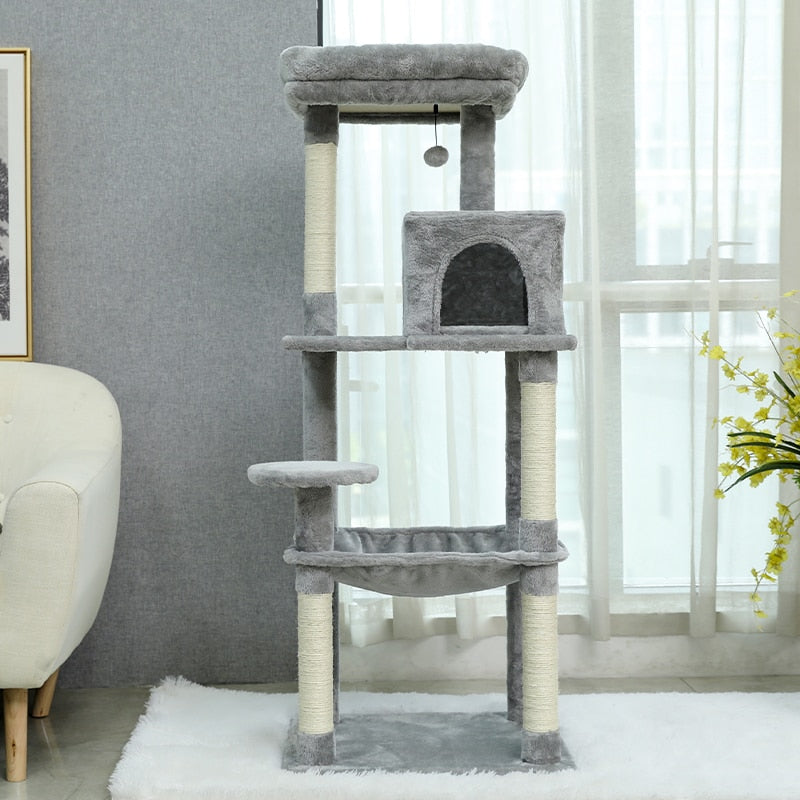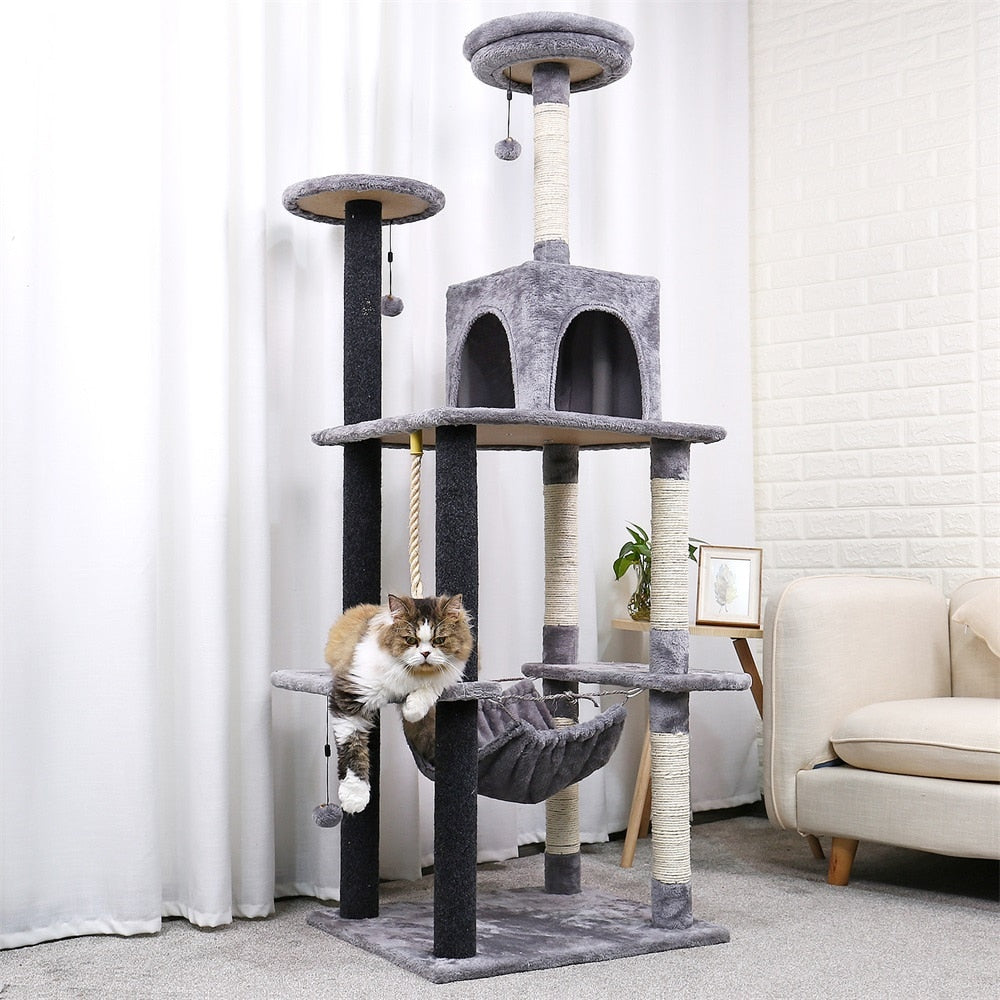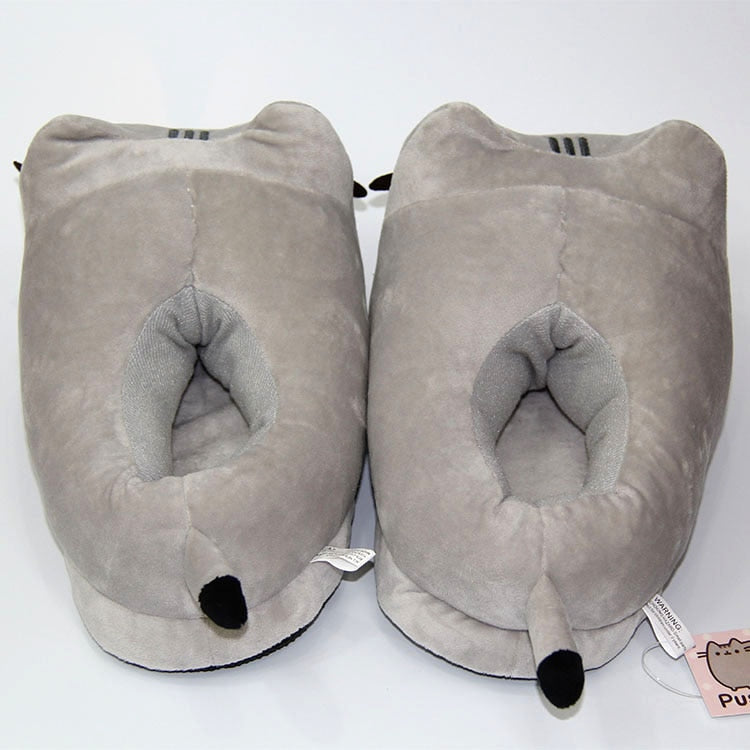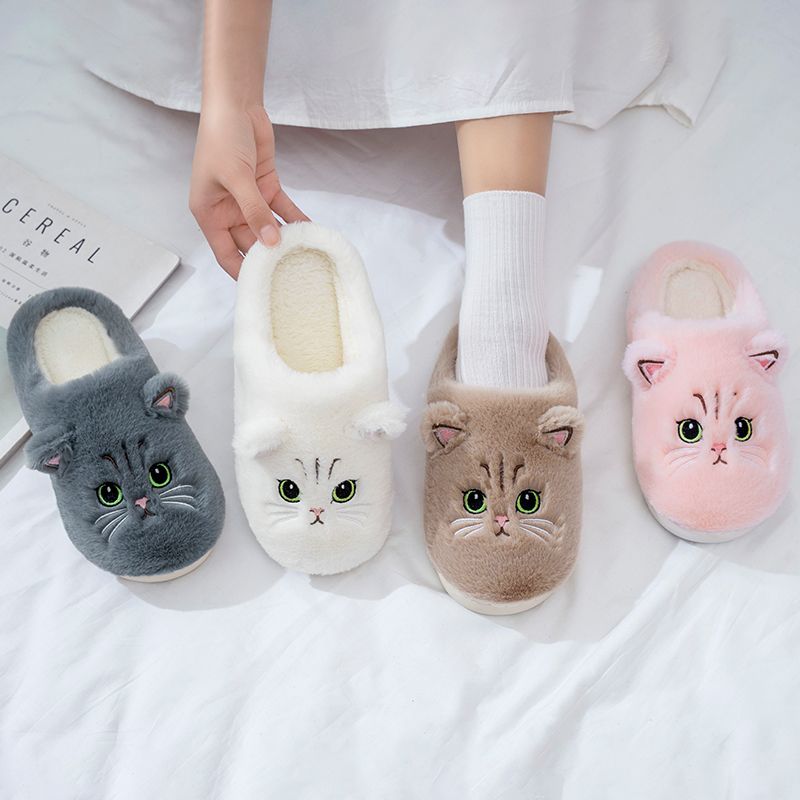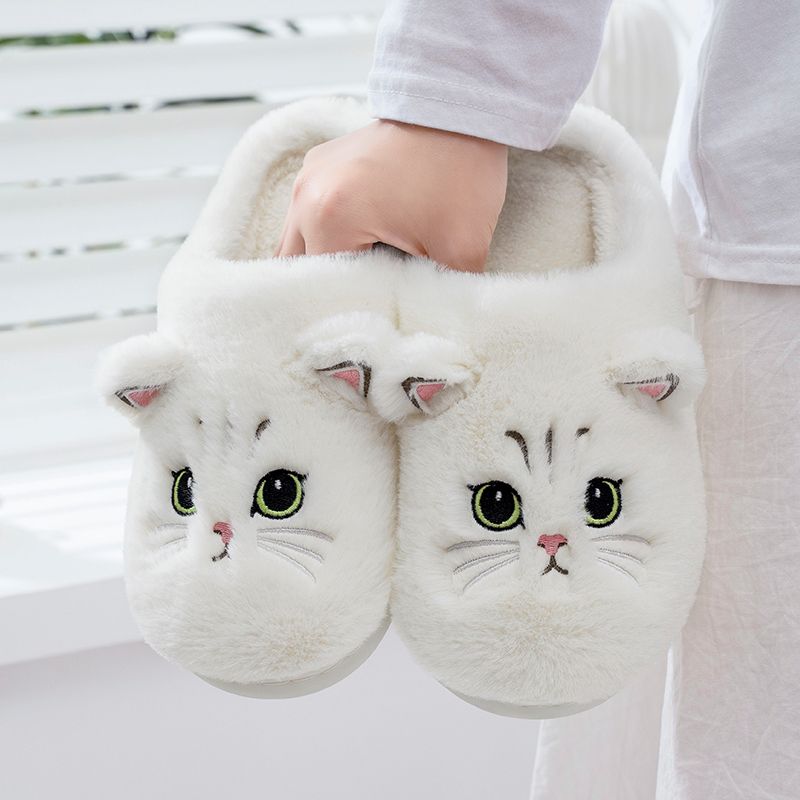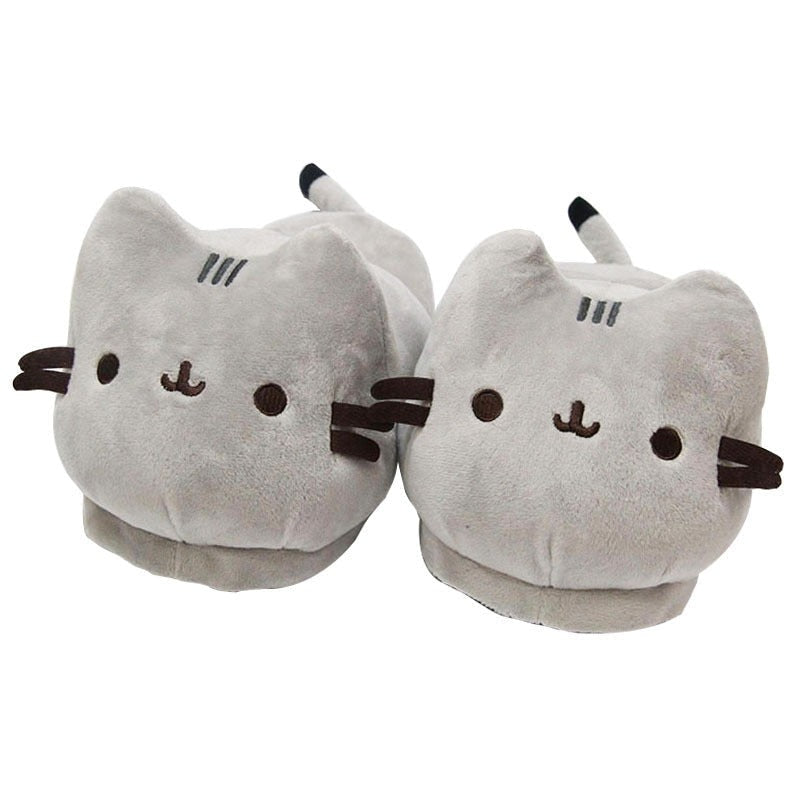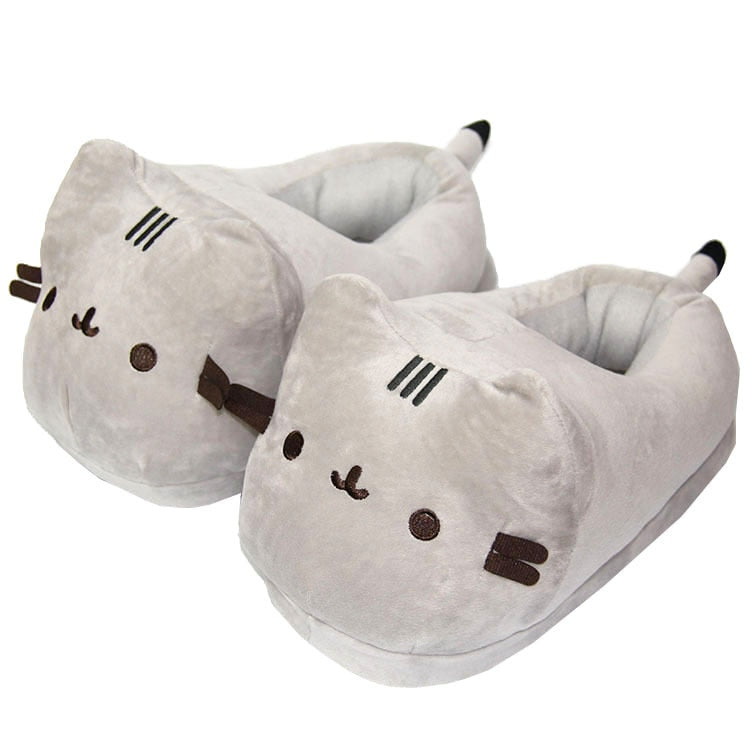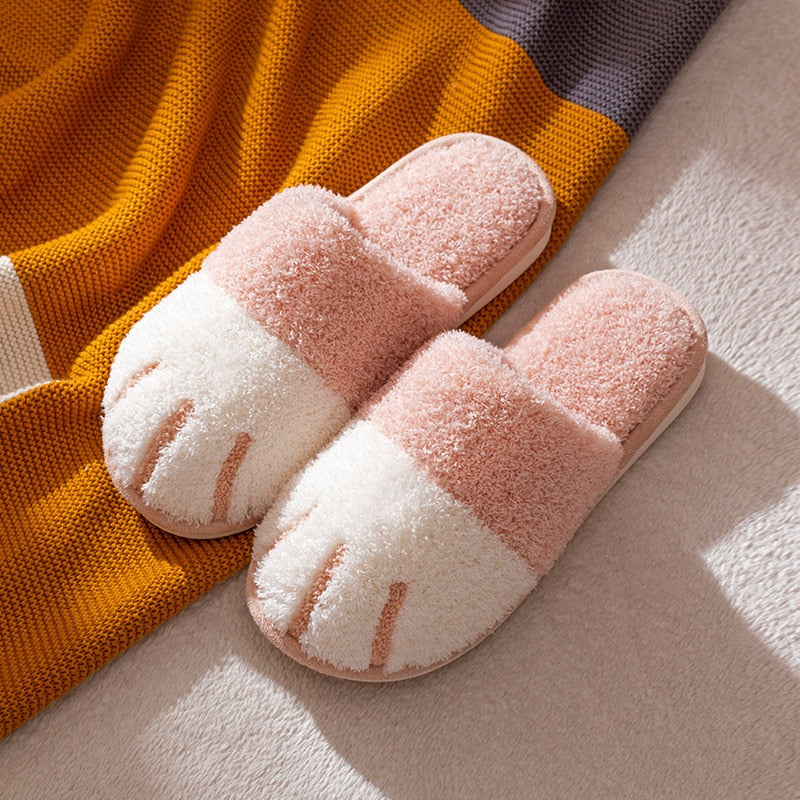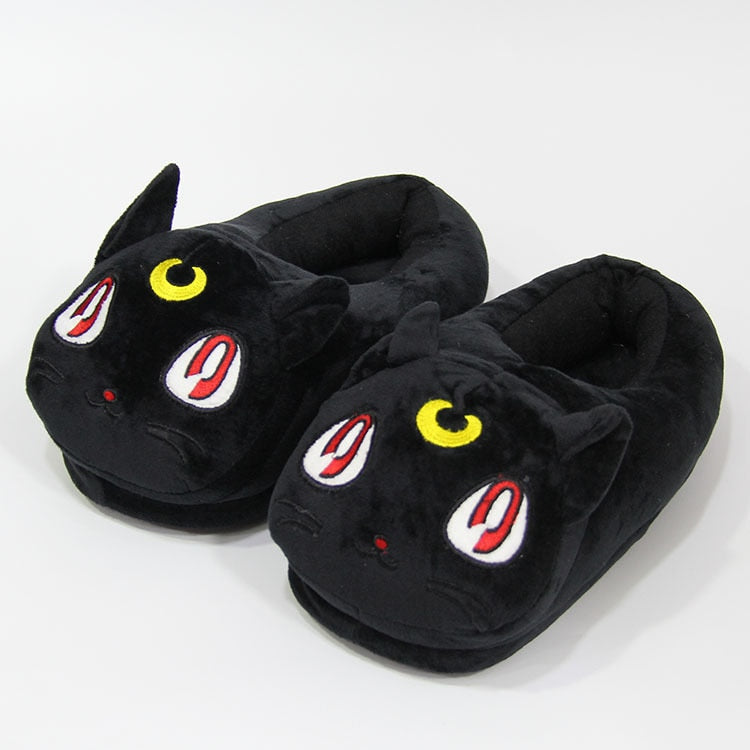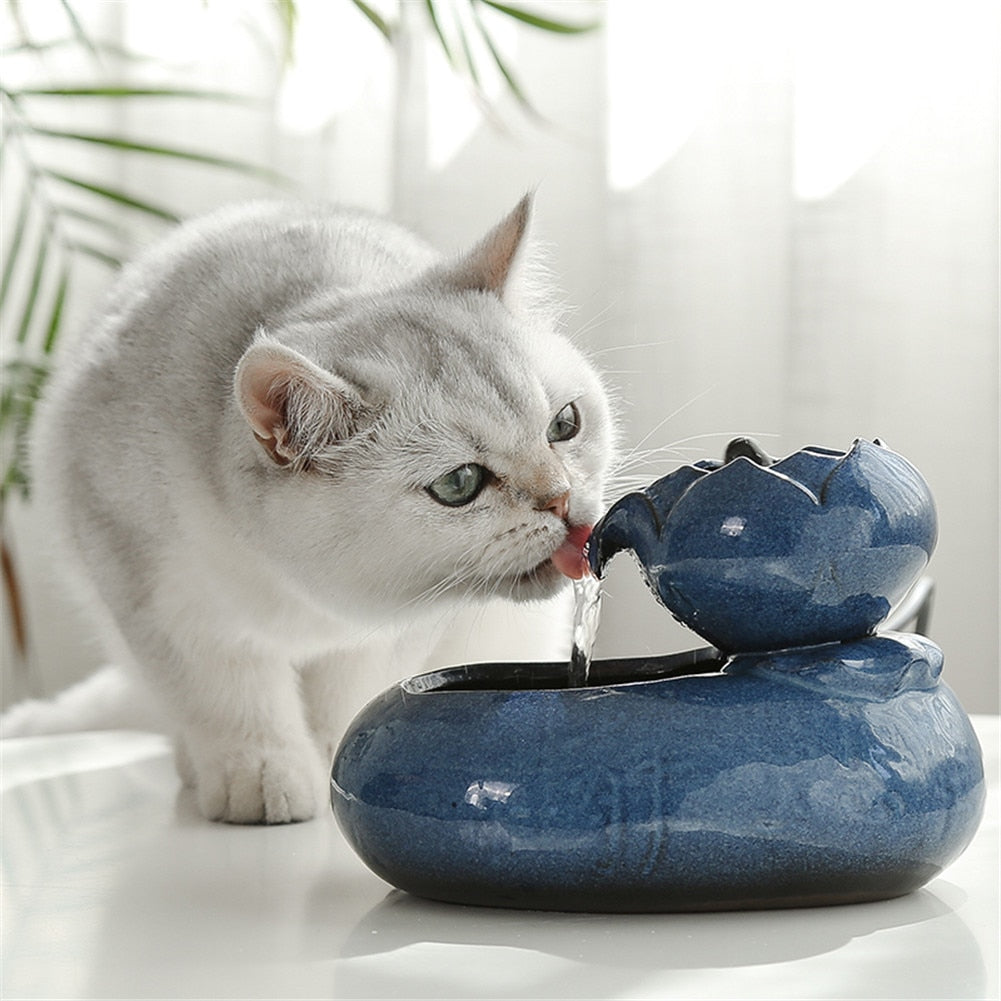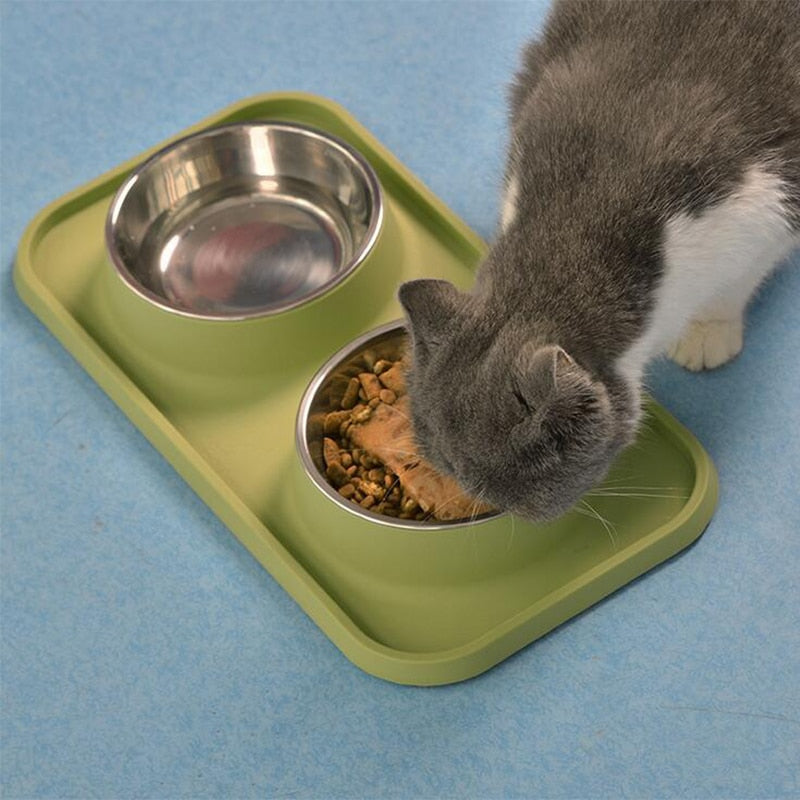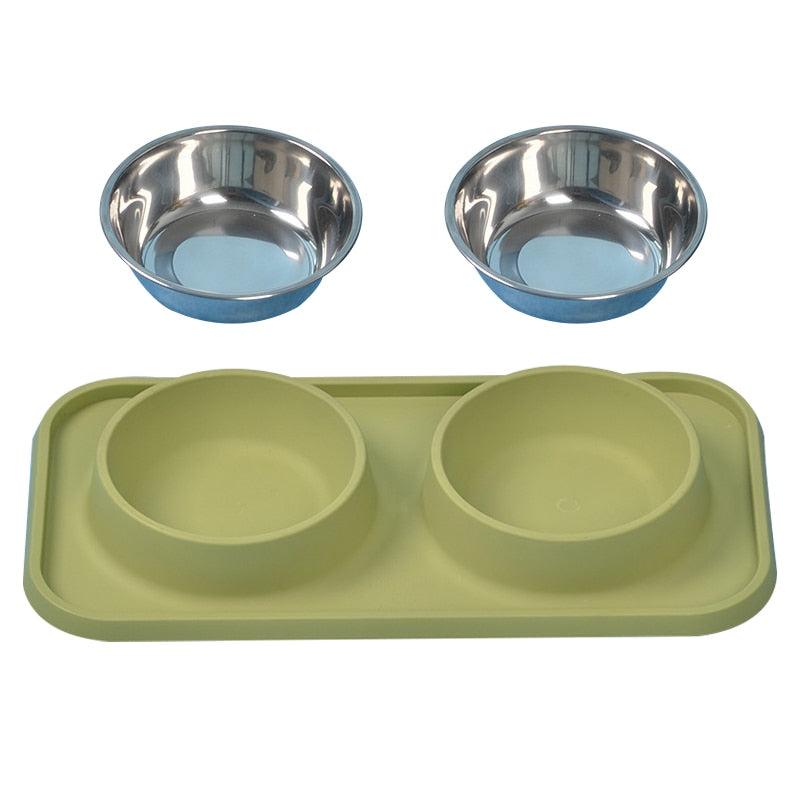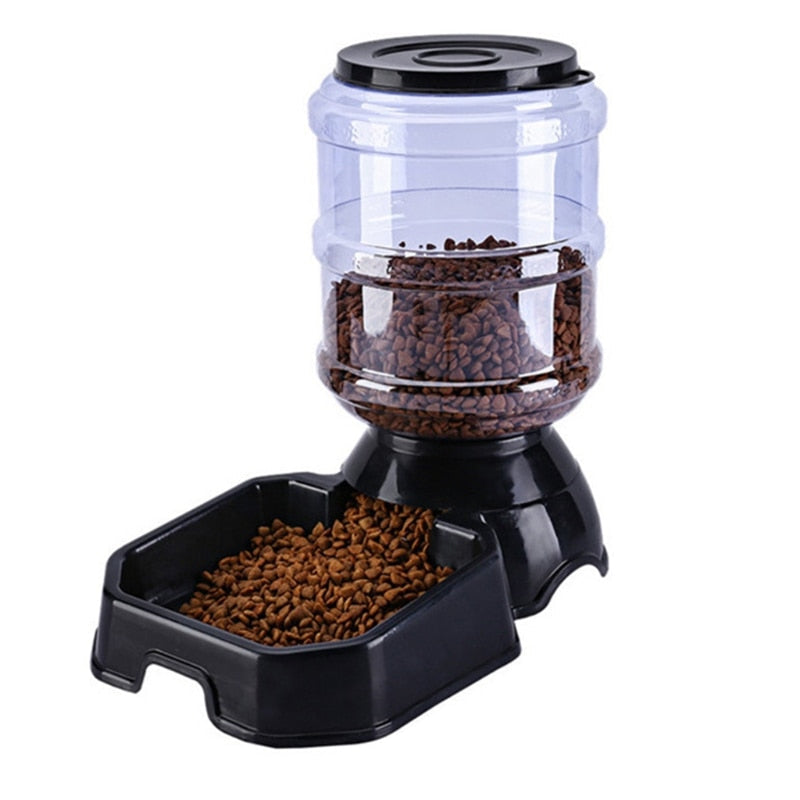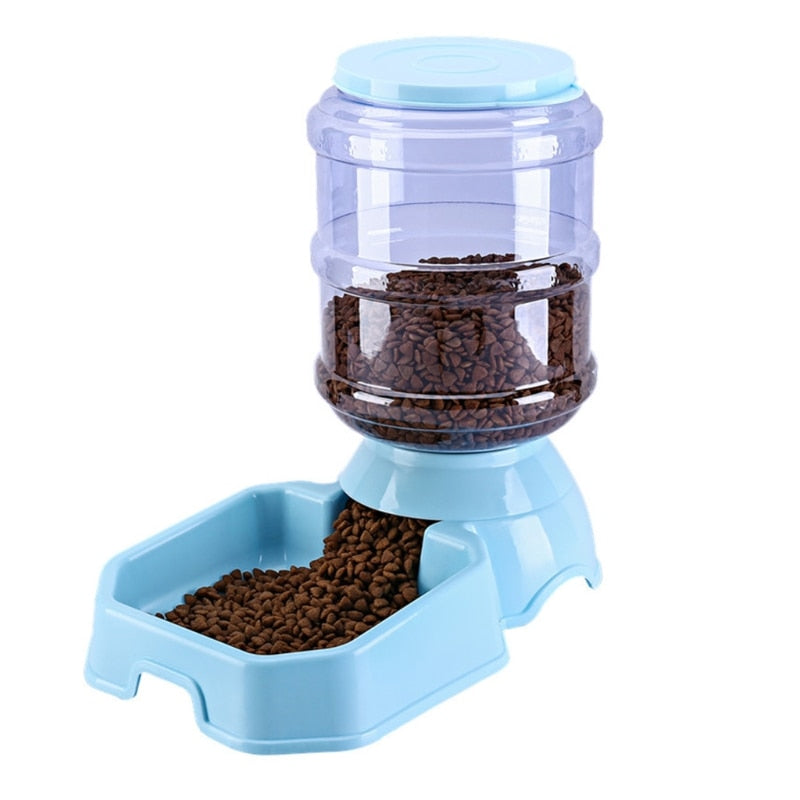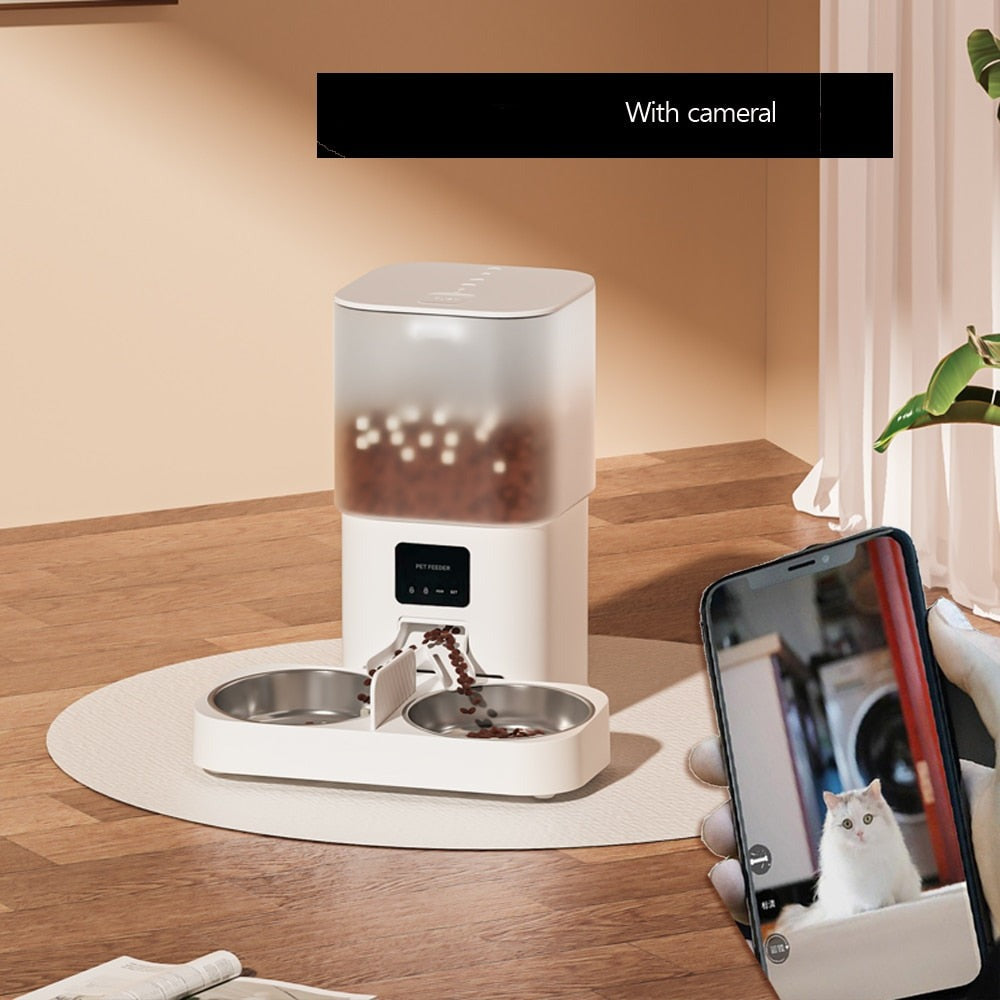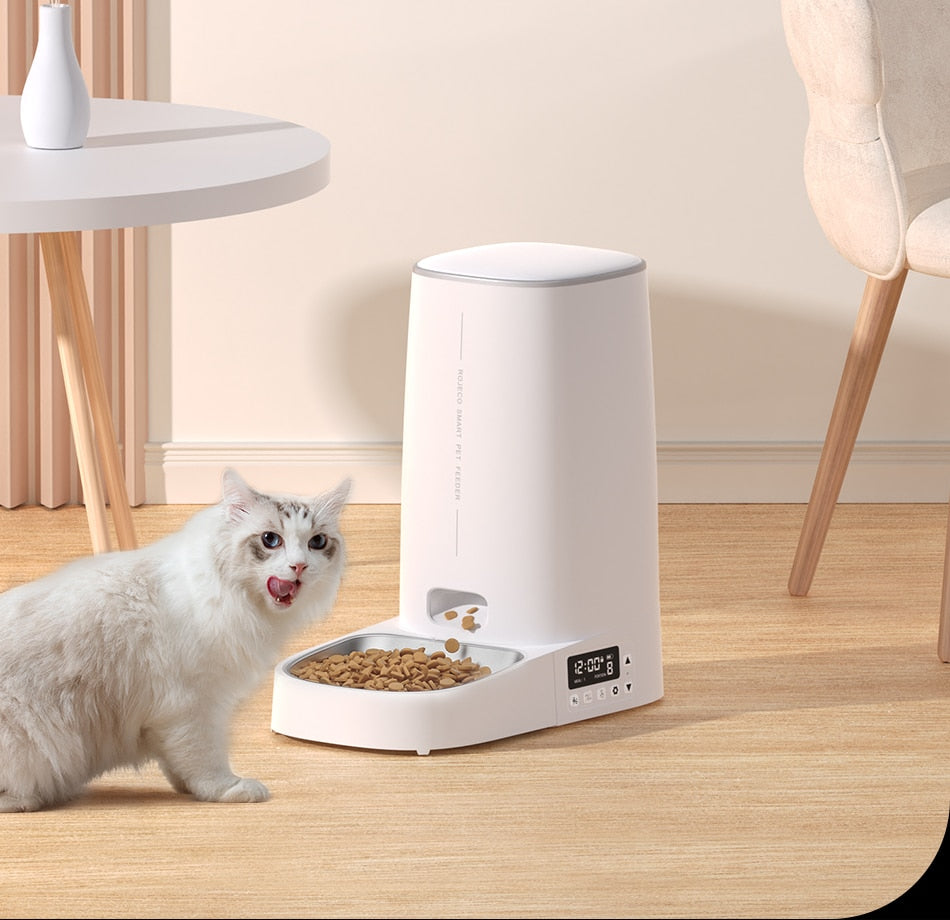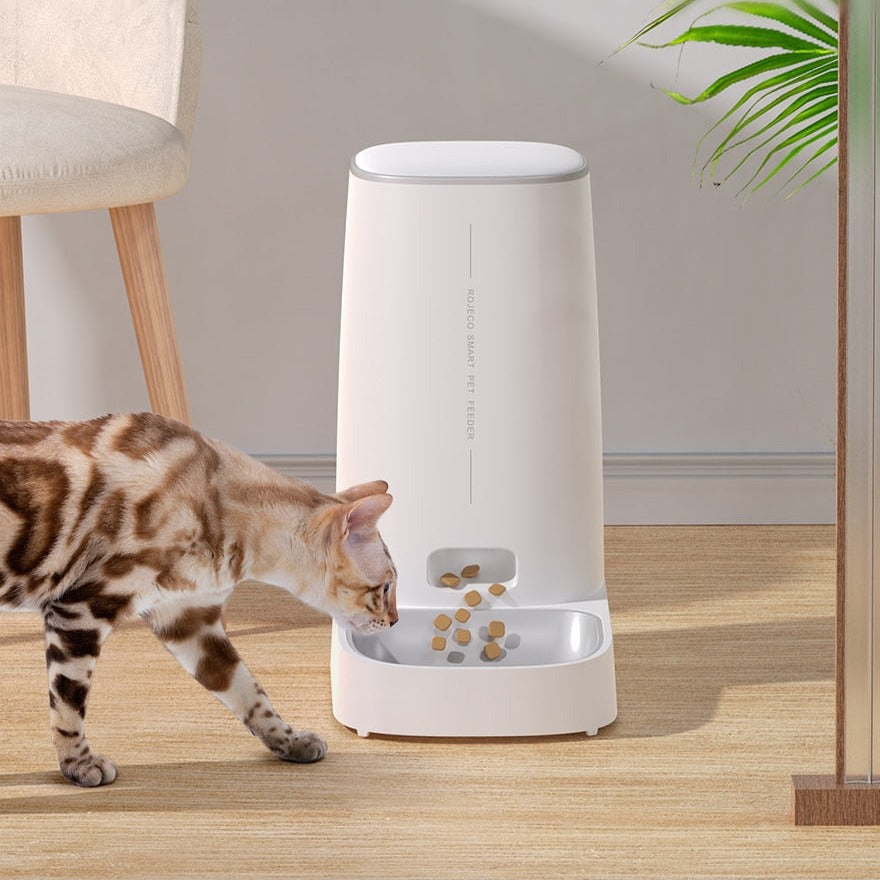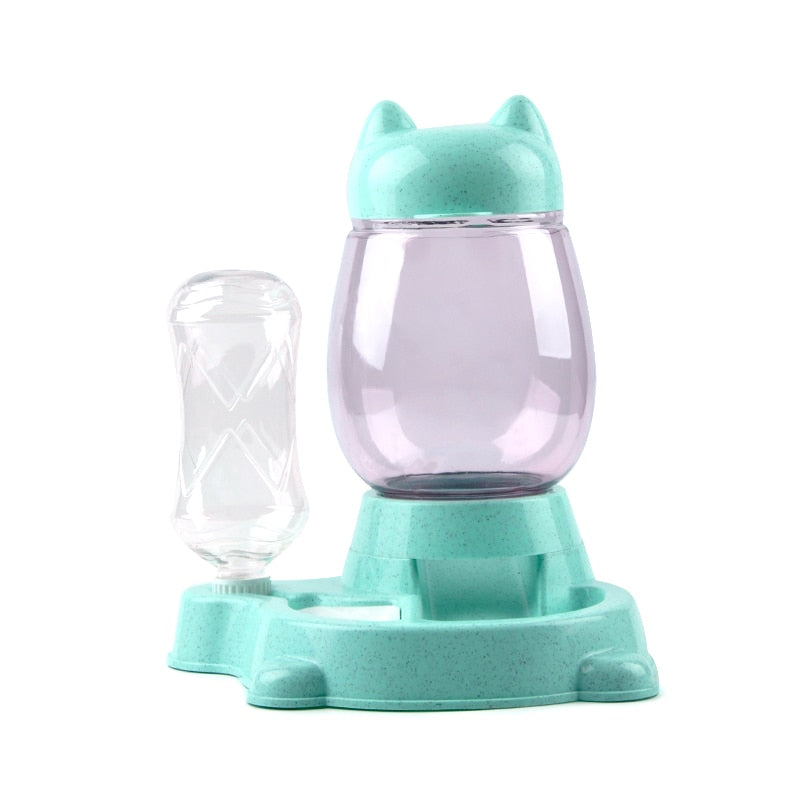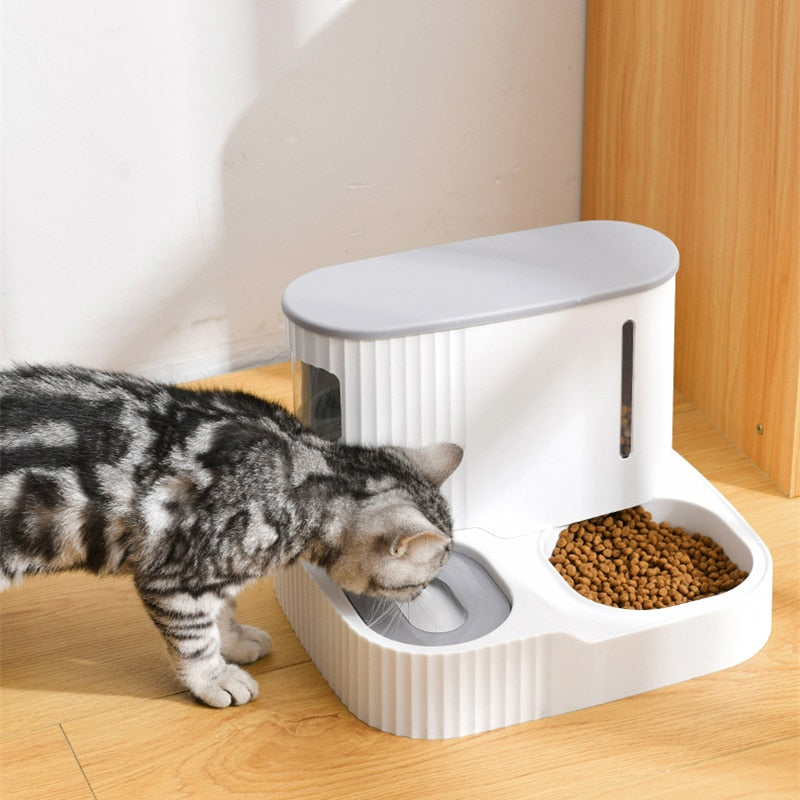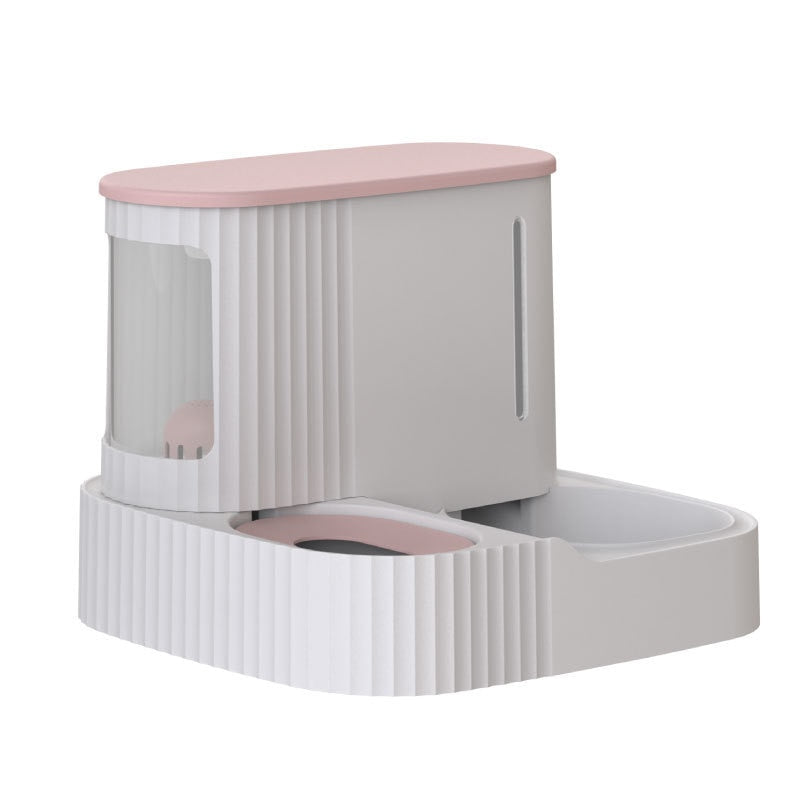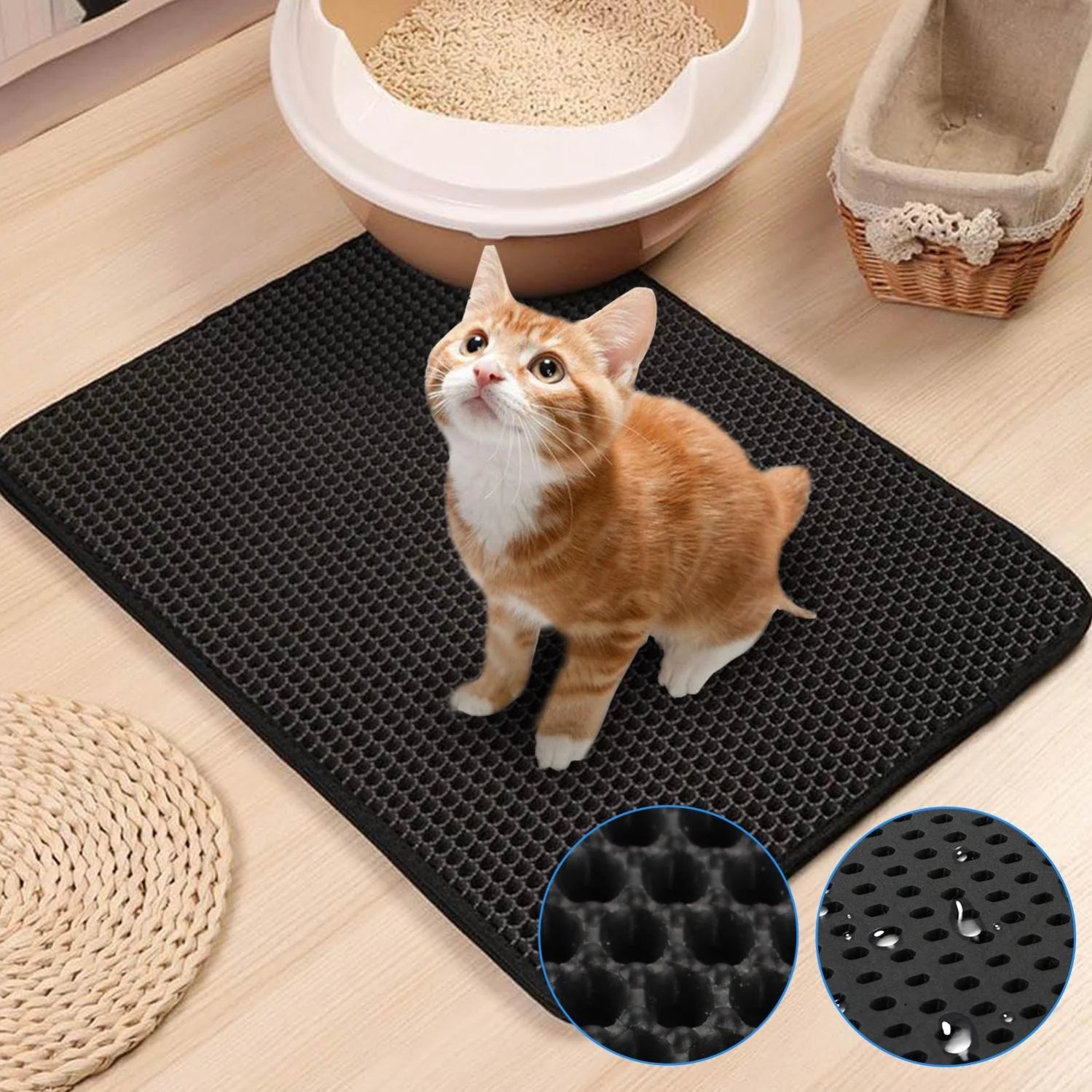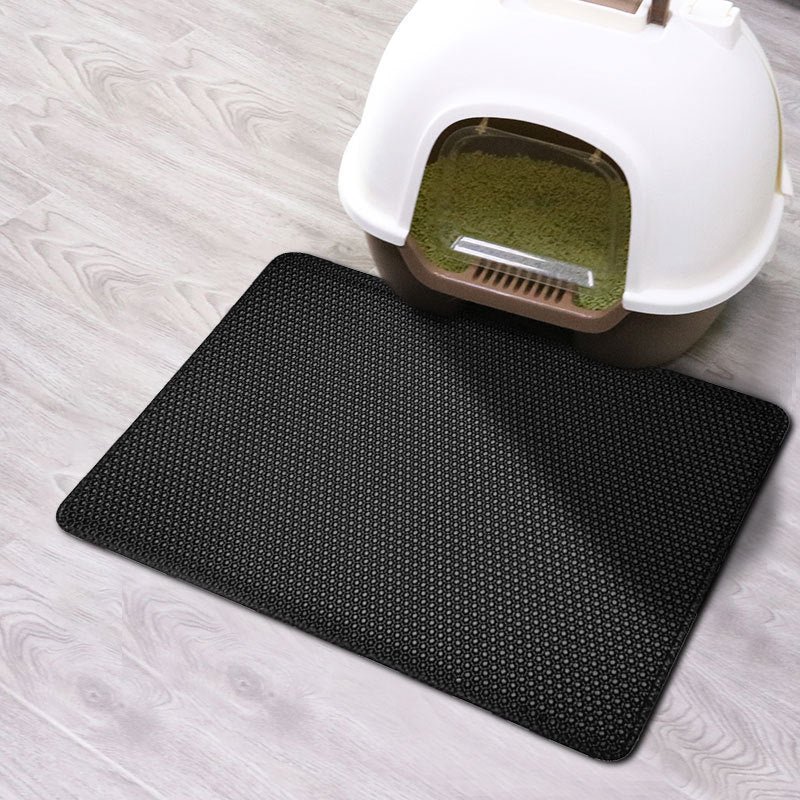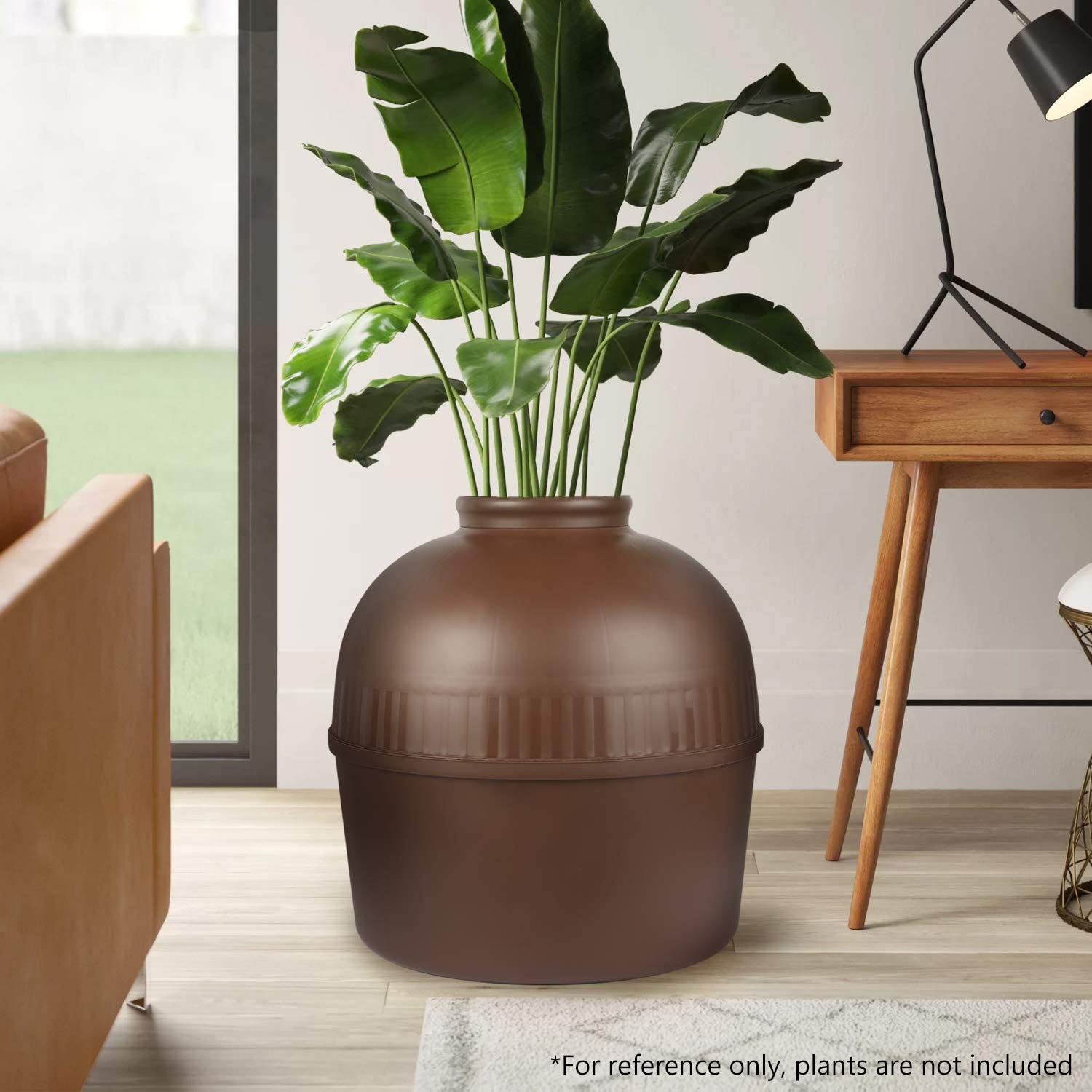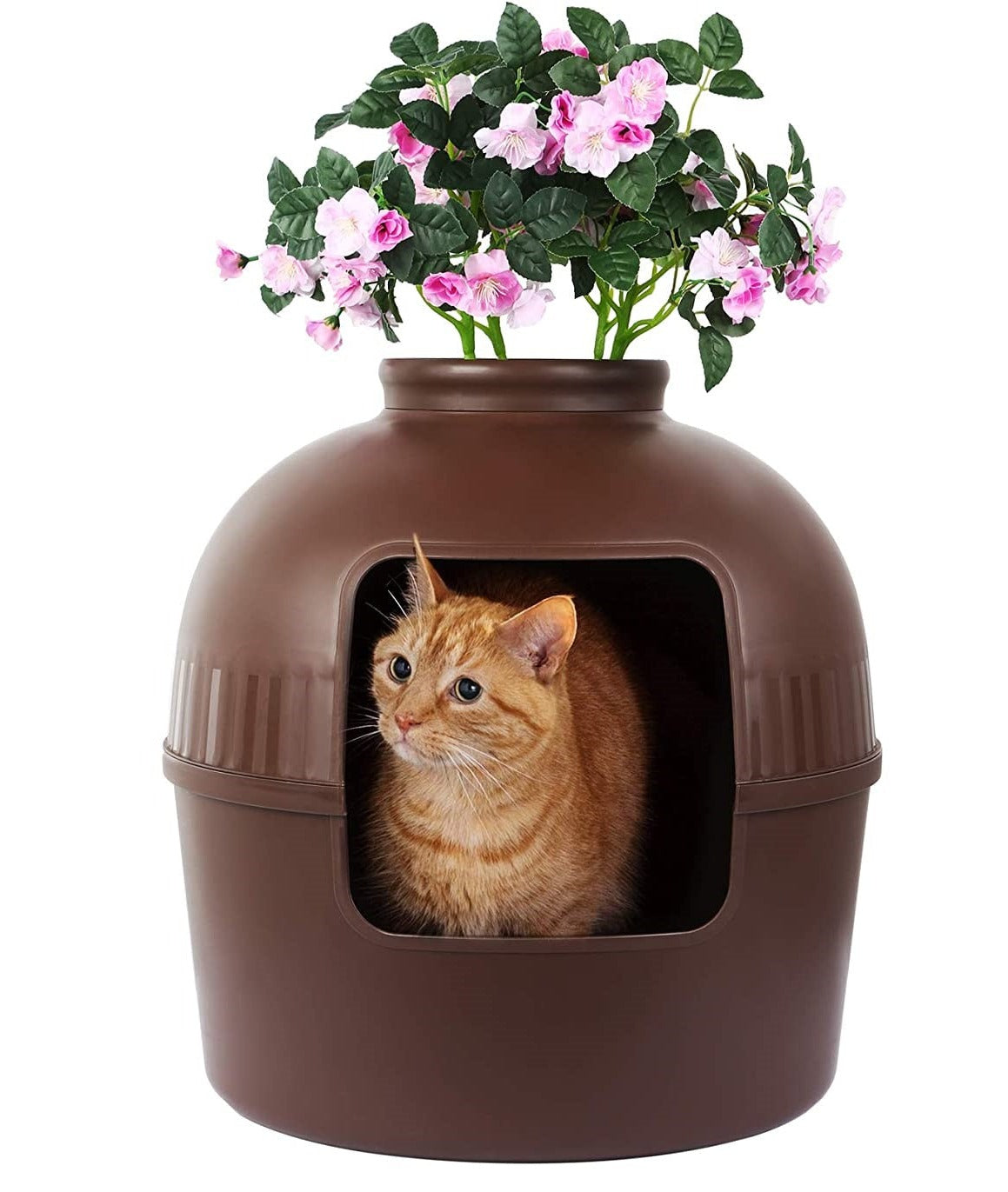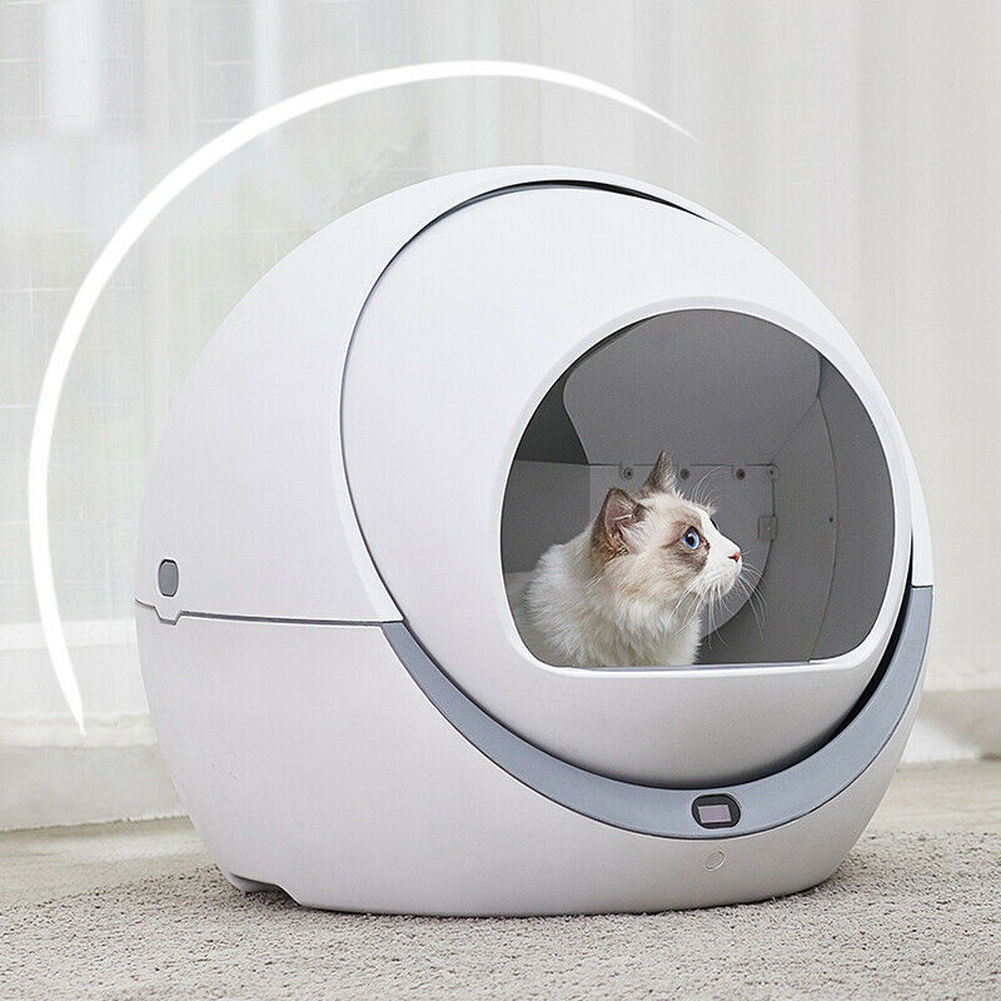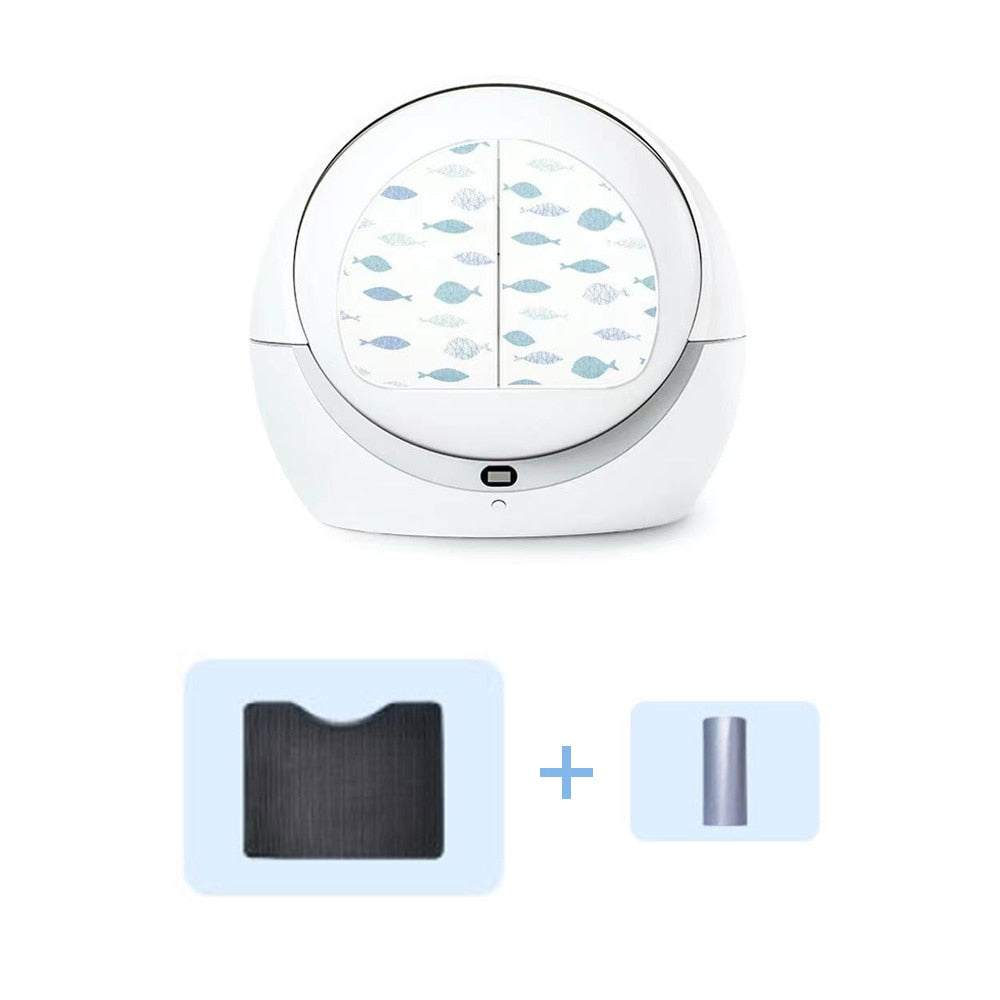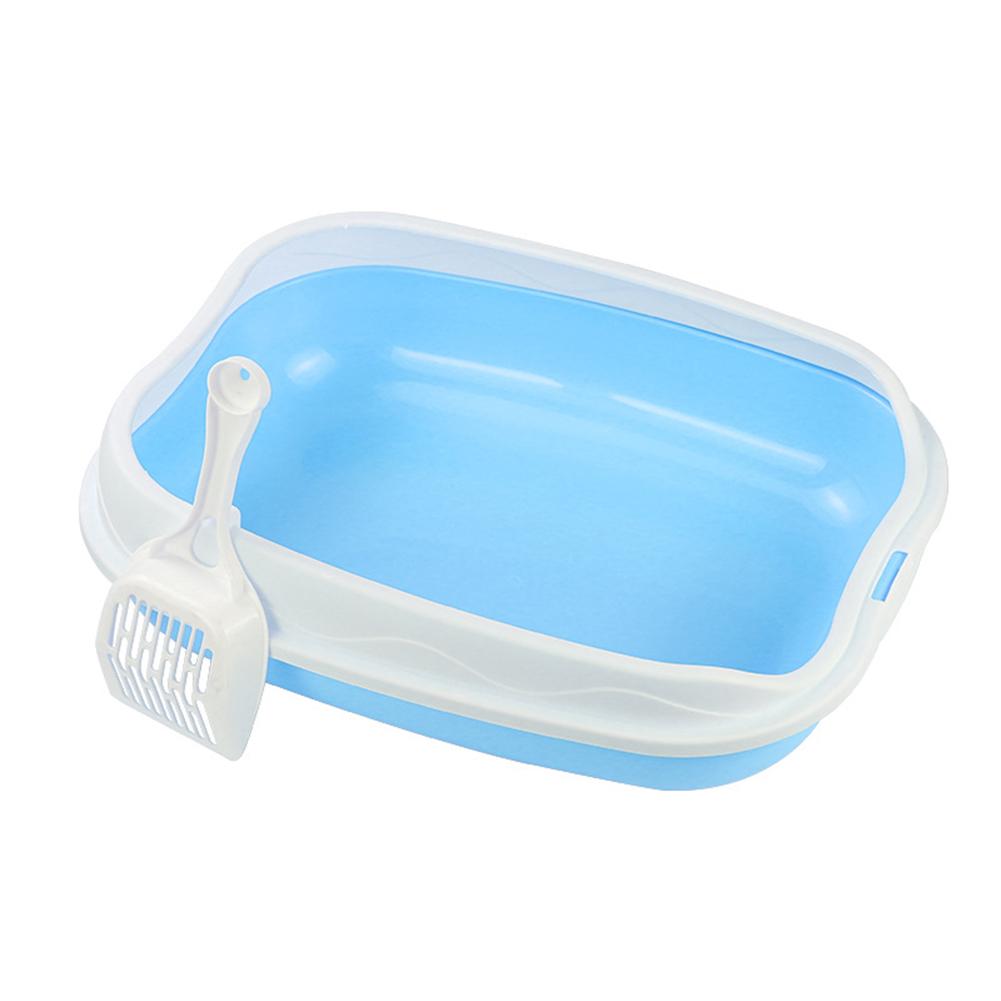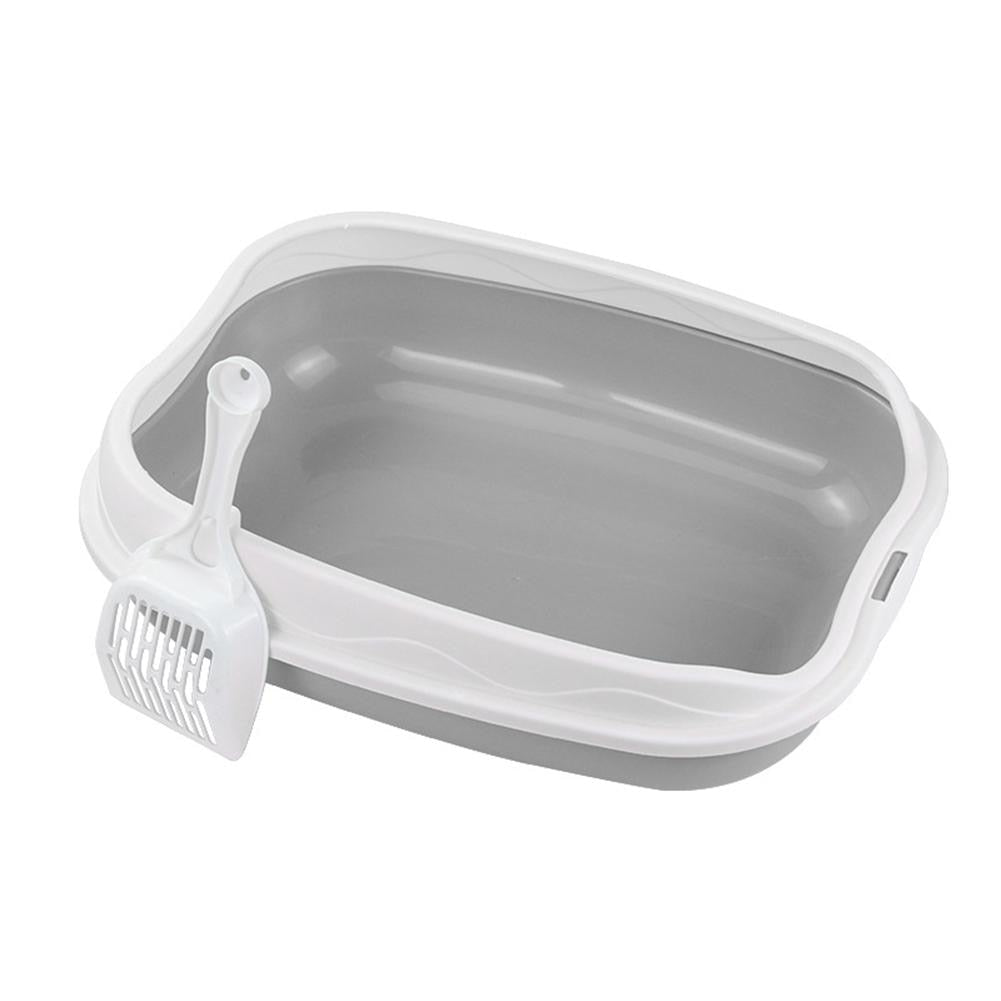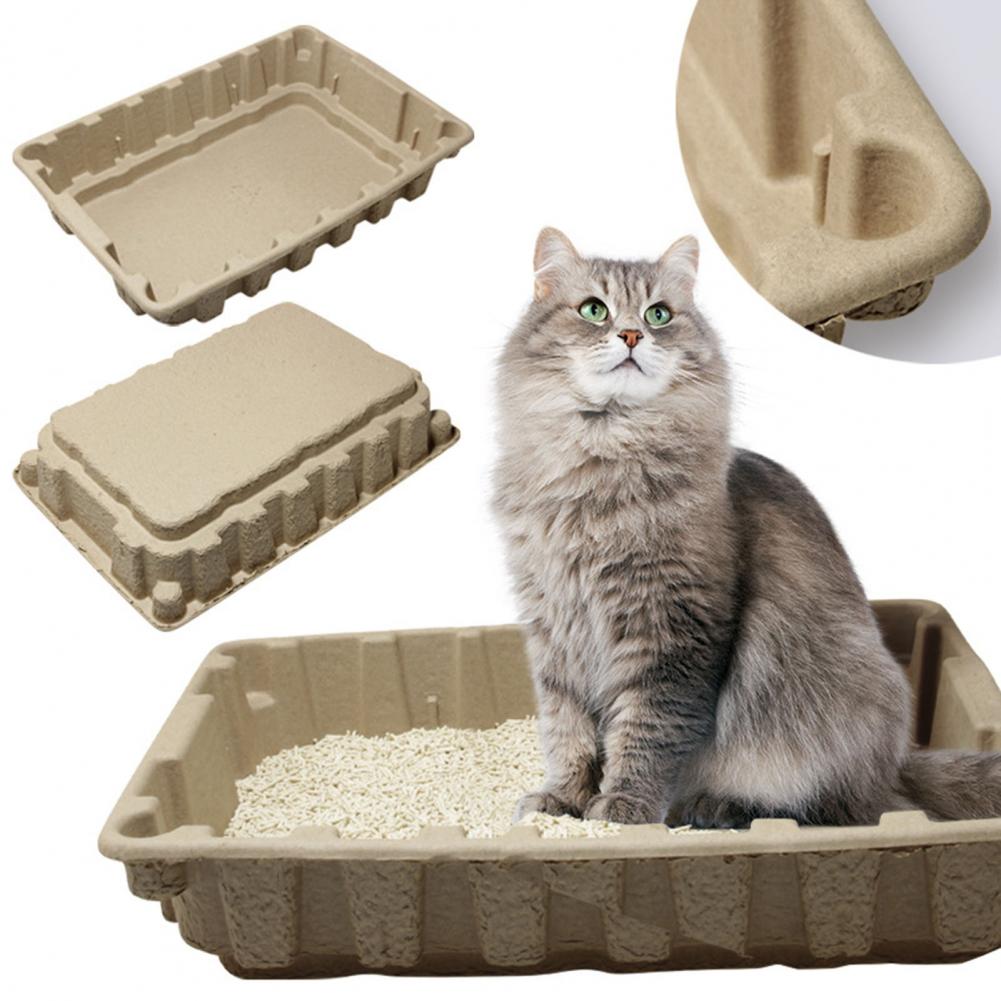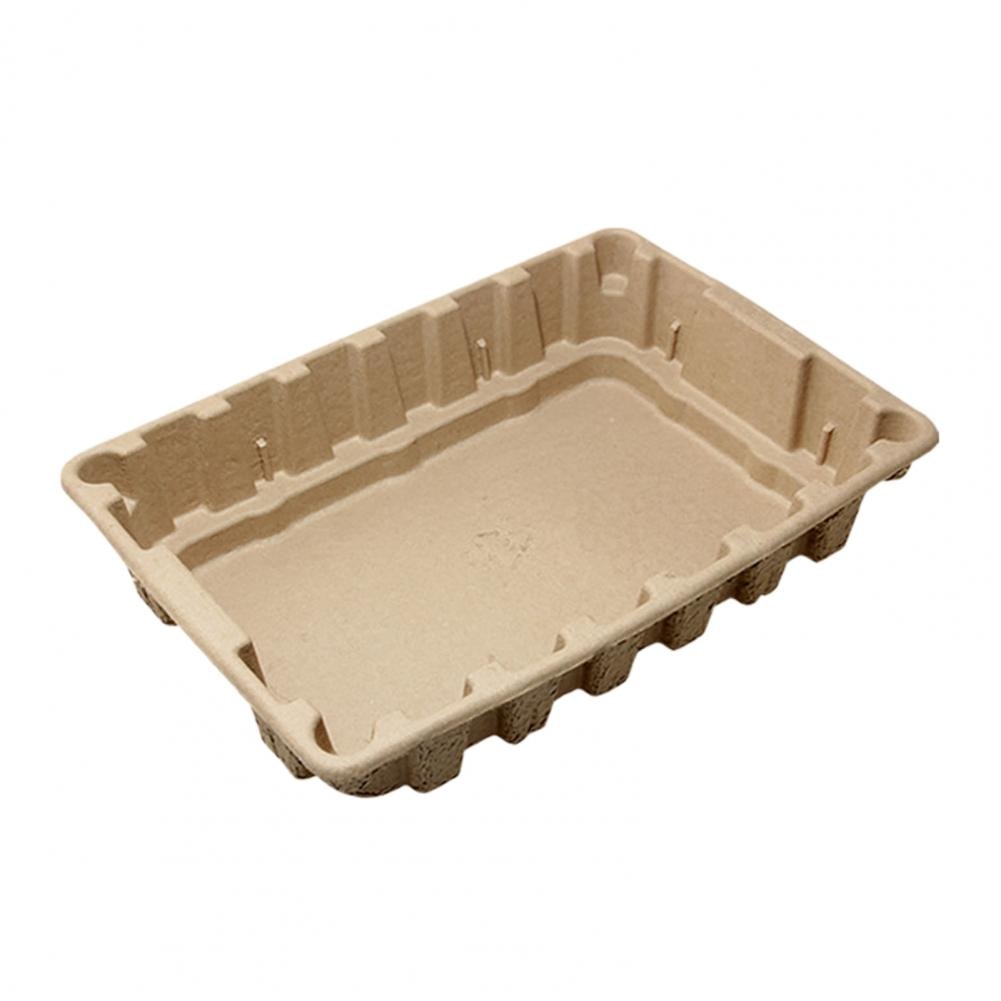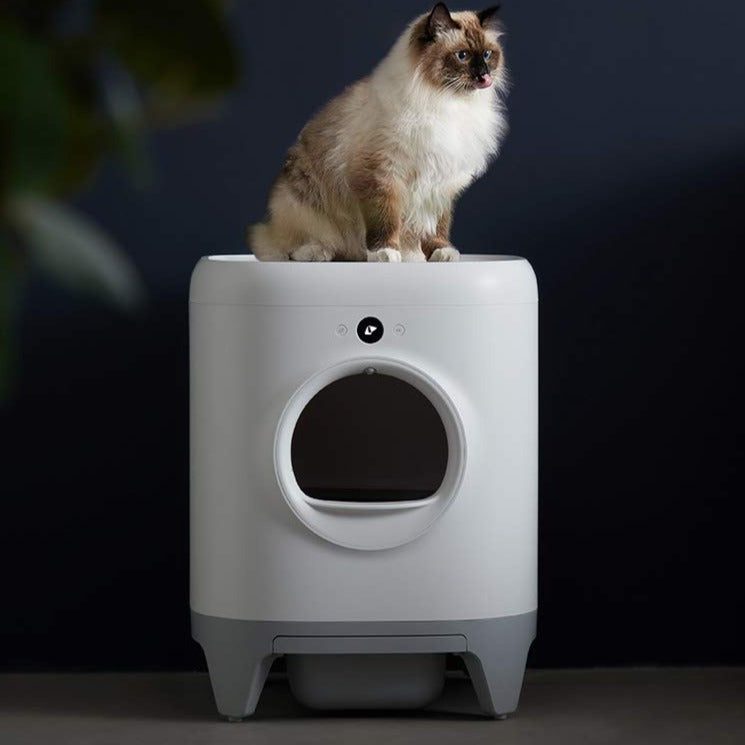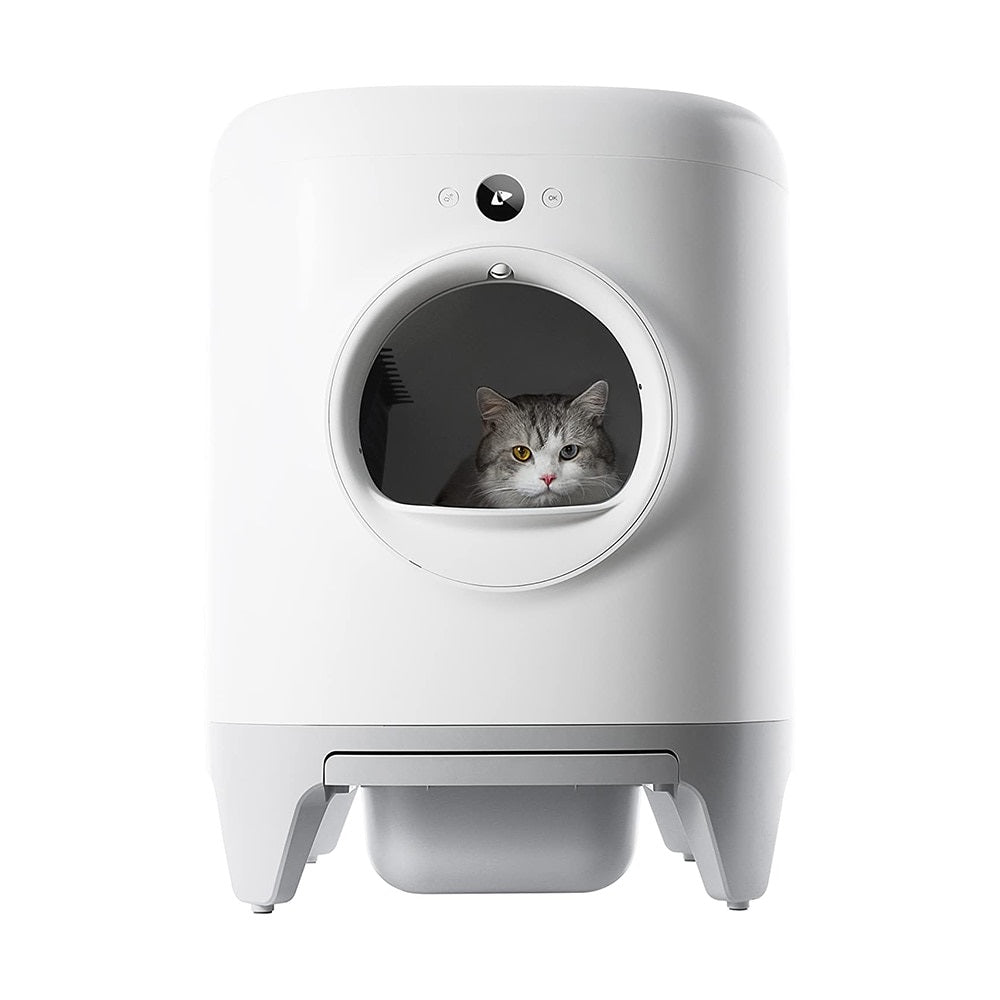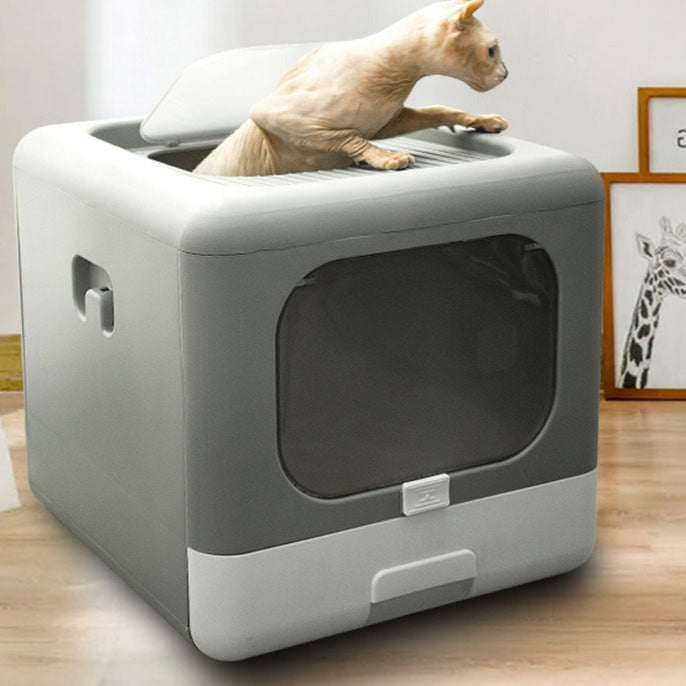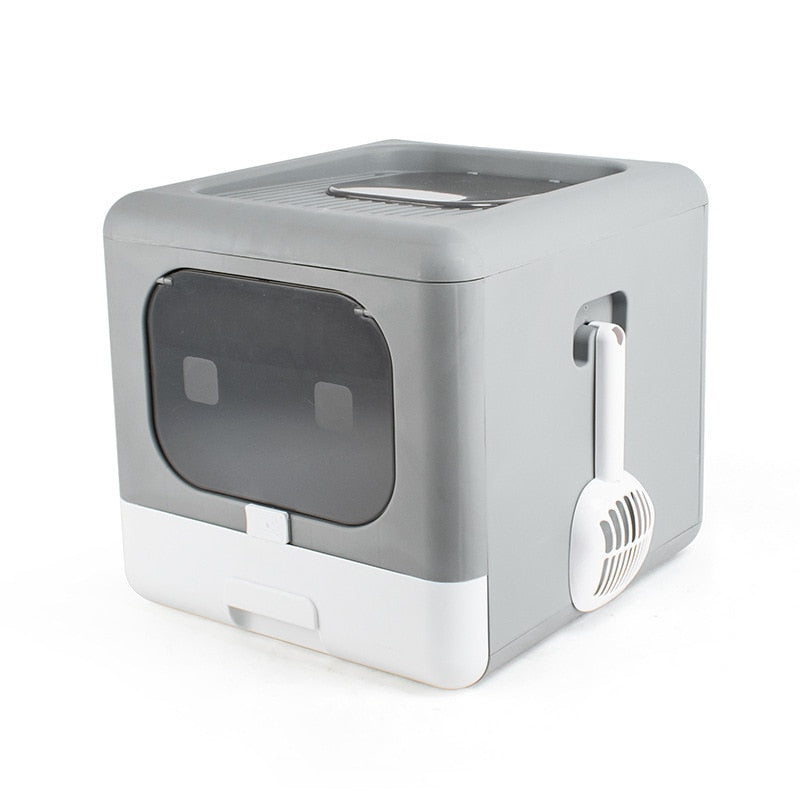Russian Blue Cat Breed: Information, Facts & Traits
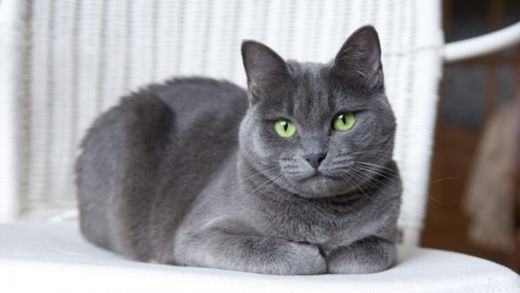
Russian Blue: Character, education, health, price - The right cat for you?

With its medium size, large green eyes, short, silvery-blue coat, the Russian Blue is a cat renowned for its graceful appearance and its calm, affectionate and independent temperament. Despite its controversial origin, it is a breed of domestic cat recognized around the world and relatively popular with French households.
It is a cat with solid health that does not require too much care. Aspiring to tranquility, tranquility and rest, it does not adapt well in a noisy or agitated space. Hating loneliness, he must be able to count on your availability and your affection. Find out below everything you need to know about the Russian Blue cat, as well as everything they need to be happy and fulfilled.
Russian Blue in Video
Who is the ideal cat for?
Cat with a calm and affectionate temperament, the Russian Blue has short, fine and silky fur, which does not require special care. Thus, it adapts just as well to apartment life as it does in the countryside, or in a house with a garden. On the other hand, he appreciates peace and quiet. So if you live in a noisy environment or in a family setting with overly playful children, he may find it difficult to feel comfortable in you.
In addition, the Russian Blue is an independent cat, but it does not adapt well to solitude. Fond of tenderness, he needs an affectionate master who knows how to make himself available. If you are a busy person, you will need to spare some of your time to take care of your little furball and make it happy.
Origin and history of Russian Blue Russian
Blue is a natural cat whose origin has long remained uncertain, with many explanatory theories on its appearance. Indeed, for some, it would be originating in Russia where sailors would have noted its strong presence in the region of Arkhangelsk. Others, however, maintain that the breed originated in England where it was bred.
Its controversial origin did not affect its name less. Thus during its history, this cat will know several different names: Blue Archangel, Blue of Arkhangelsk, Blue of Spain, Maltese Blue, Foreign Blue among others, before coming to Russian Blue.
The Russian Blue is introduced in France in the early20th century when it faces competition from the Carthusians, popular with French. On the verge of extinction during the Second World War, the breed was brought back to life from crosses made with Siamese in the 1950s. Recognized by most international feline federations, the Russian Blue is very popular in England and the United States. USA.
Pictures of Russian Blue
« ‹ Of 8› »
Physical characteristics of the Russian BlueRussian
TheBlue has a triangular head that is a little rounded, carried by a rather long neck. He has a moderately long straight nose and a strong chin. The corners of his mouth slightly raised, give the impression that he is smiling. Its large, walnut or almond shaped eyes are green in adults and yellow-green in kittens. As for its ears, they are large, in the shape of a rounded triangle at the ends, fairly spaced apart from each other and carried vertically on the head.
Medium in size, weighing between 3 and 5 kg, the Russian Blue has a robust and slender body that gives it a graceful appearance. He has powerful musculature and fine bones. Its long legs, also thin, are proportioned to its body and end in small rounded feet. Its tail thick at the base and of medium length is quite dense.
Finally, what better characterizes the Russian Blue and allows it to be distinguished from other breeds such as the Chartreux, is the appearance of its coat. Indeed, this cat sports a short, fine and very dense coat, as well as a significant undercoat. The breed standard generally admits a light, solid blue-gray color, with a silvery sheen at the end of the hairs which gives it a particular shine. White and black colors are also tolerated, as long as you keep the silvery reflection that makes Russian Blue so special.
Behavior of Russian Blue Russian
Blue is a cat known to be very calm, affectionate and attached to its master. Not very talkative, you will hardly ever hear him meow. On the other hand, it is common that he remains glued close to you or rested on your knees to be cuddled and receive his share of tenderness.
The sociability of Russian Blue leads it to coexist with other congeners or domestic animals. However, he does not always get along with children, probably because of the value he attaches to peace and quiet. He adapts better with the elderly and is wary of strangers.
Finally, the Russian Blue is an intelligent and independent cat, but unfortunately cannot stand prolonged loneliness. Not very active, he does not play much, but retains the reflexes of an excellent hunter. Outside of hunting parties, this feline likes to rest away from any nuisance.
Health and care for Russian Blue
In terms of health, Russian Blue is a very solid cat. Indeed, it is not subject to any genetic pathology, nor predisposed to any particular disease. He is simply exposed to the same diseases that can affect all other cat breeds.
In general, a set of preventive measures such as vaccination, deworming, external pest control, grooming of his fur, oral hygiene and a dietetic diet are enough to keep him in excellent health.
If the Russian Blue is endowed with an iron health, it is however not immune to any accident that may occur at home or outside during a small mop. In order to guarantee him the best health care and to preserve your finances in the event of illness or disaster, cat insurance for Russian Blue is strongly recommended.
Does Russian Blue need specific food?
You should note that purebred cats do not need food that is specific to them. Like all cats, your Russian Blue just needs a healthy, balanced, varied diet, and of course perfectly suited to its exclusive carnivore diet.
We therefore advise you to avoid homemade meals. Likewise, avoid inexpensive foods from supermarkets, made with cereals, animal by-products, plants, chemical additives and other products contrary to the natural diet of cats.
On the other hand, you must feed your Russian Blue with croquettes and pâtés made with natural ingredients and essentially made up of meat and / or fish. These foods must be sufficiently rich in animal proteins, vitamins, trace elements to ensure its vital functions. Only premium foods best meet these requirements. Finally, you will make sure to ration the quantities served, in order to avoid your cat's overweight.
What budget to have a Russian Blue?
Note that the purchase price of a Russian Blue may be higher or lower, depending on certain criteria. In general, it is influenced by sex, age, the quality of its coat, the quality of its parents' pedigree, the reputation of its breeder and many others.
However, as an estimate, note that you will have to spend between 650 to 2500 € for the adoption of a male Russian Blue kitten and 850 to 1400 € for the adoption of a female kitten. In addition to this, it will also be necessary to count more or less 400 € over the year for maintenance expenses.
Accessories adapted to Russian Blue
Like all cats, Russian Blue needs a certain number of accessories to be happy and fulfilled. Of course each of the accessories must be chosen for its quality and strength, but also to be in accordance with the morphology of the animal. Thus, the Russian Blue needs bowls for its food and ideally a kibble vending machine. Likewise, for his daily hydration, he needs a good cat water fountain.
In addition, you must provide a litter box for its hygiene and a grooming kit for short-haired cats. If he has access to the outside, installing a cat flap will facilitate his mobility, just as a small cabin will allow him to have a cozy and safe corner outside the house.
Finally, as the Russian Blue is a bit lazy and not very active, it will be interesting to buy him some stimulating accessories or toys to spark his interest in exercise. You will therefore need to install a cat tree with a scratching post, perch, hiding places, toys, as well as candy balls to encourage him to spend a little.
Goodies for Russian Blue lovers
TOP 1
The secret world of cats: Chartreux, blue ...
TOP 2
WHITE, BLUE, RED. PLANET RUSSIA.
TOP 3
Azhna Lot of 5 Russian wooden dolls painted in ...
Where to adopt a Russian Blue?
As with all purebred cats, the best way to adopt a Russian Blue is breeding. Indeed a professional breeder gives you the guarantee to adopt a kitten having received the best care and whose characteristics scrupulously respect all the standards of the breed. However, you can also adopt in catteries or cat shelters.
Finally, adoption from an individual is a possible alternative. If you choose this route, we advise you to deal preferably with a close person whom you know rather than a stranger, in order to avoid any involvement in animal trafficking.



